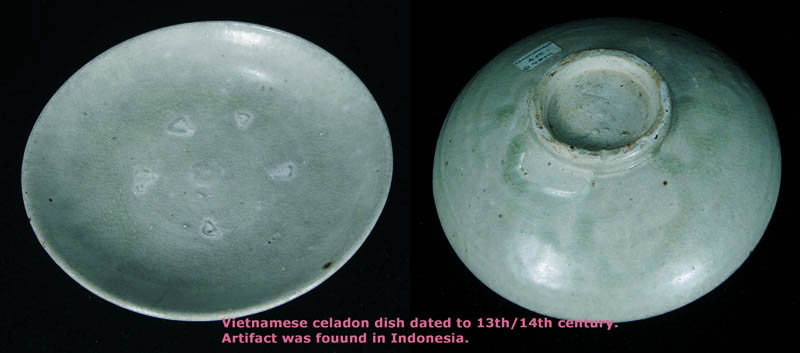
Vietnamese white/Qingbai/brown/celadon wares
The original source of inspiration of most if not all the below types of Vietnamese wares could be traced to China. In essence, they were a continuation of the Chinese porcelain tradition of the Song and Yuan period. Hence, as a starting point, studying the glaze, shapes and motifs/designs of the Chinese wares offers a good guide for dating. Most of those wares were produced during the period of 11th/14th century which corresponds to the Ly/Tran Dynasty.
During that period, the stacking method involved the usage of disc with spurs to separate vessels during firing. Hence, spur marks are visible on the inner base of the vessel. However, one should take note that there are some without spur marks as they are those placed at the top of the stack.

Example with the spur marks on the inner base
During the 14th century, a second stacking method using ring-shape separator was introduced. It became the preferred stacking method by the 15th century. Vessels fired using this method has an unglaze ring on the inner base. The stacking process involves placement of a crudely formed clay ring in the unglaze ring area as separator for another vessel which seats on the ring.

Example with the unglaze ring on the inner base
A distinctive feature usually associated with Vietnamese ceramics is a layer of brown coating on the other base of vessel. It most probably made its appearance during the late 13th/14th century. Although it is a common feature, there were still many vessels dated from the late 13th century onward which do not have the brown coating.
Archaeological surveys in Vietnam in recent years have revealed that 13th/14th century ceramics were produced in Dai La in Hanoi, Tuc mac and Con Che kiln complex in Thien Truong situated 90 south of Hanoi, Van Yen situated 90 km east of Hanoi and Kim Lan in the vicinity of Bat Trang. As for those dated to 11th/12th century, so far very little archaeological findings on their production sites is available.

Ly ceramics were produced mainly for domestic consumption. It was only during the 14th century Tran and 15th century Le dynasty that Vietnamese were exported overseas. The most common type found were those decorated with underglaze iron-brown or cobalt blue motifs. The other more common types were celadon wares and white wares with impressed decoration.
The focus of the below discussion will on the Ly/Tran Dynasty ceramics for domestic consumption and their relationship to the Chinese counterpart.
Domestic market Vietnamese wares of 11th/14th Century
Chinese ceramics was the source which Vietnamese potters drew their inspiration for the whole repertoire of Vietnamese wares. Despite the introduction of some distinctive local features in terms of the motifs and form, the influence of the products of the following Chinese kilns is obvious: Ding ivory white, Jingdezhen Qingbai, Longquan and Yaozhou celadon wares and Jizhou brown glaze wares. It should be noted that the influence may not be directly but through some provincial Chinese kilns especially Guangdong, Guangxi and Fujian which produced such wares.
a) Ivory white/Qingbai wares
During the 11th/13th Century, the Vietnamese potters produced many ivory white wares which are similar to those from the Ding kiln. Many of the vessels were decorated with lotus petals. The petals were elaborately carved in high relief. This distinctive form of lotus petals was particularly popular during the Northern Song period. Its emergence as a favourite decorative element on Vietnamese ceramics of that period is not coincidental. Buddhism was actively promoted during the Ly Dynasty. Lotus is an iconic Buddhist symbol and its portrayal on vessels is therefore hardly surprising.
|
|
|
| Ly Dynasty ivory white ware | Northern Song Guangdong Chaozhou white ware |
11th/12th Centt. Ivory White Vietnamese wares
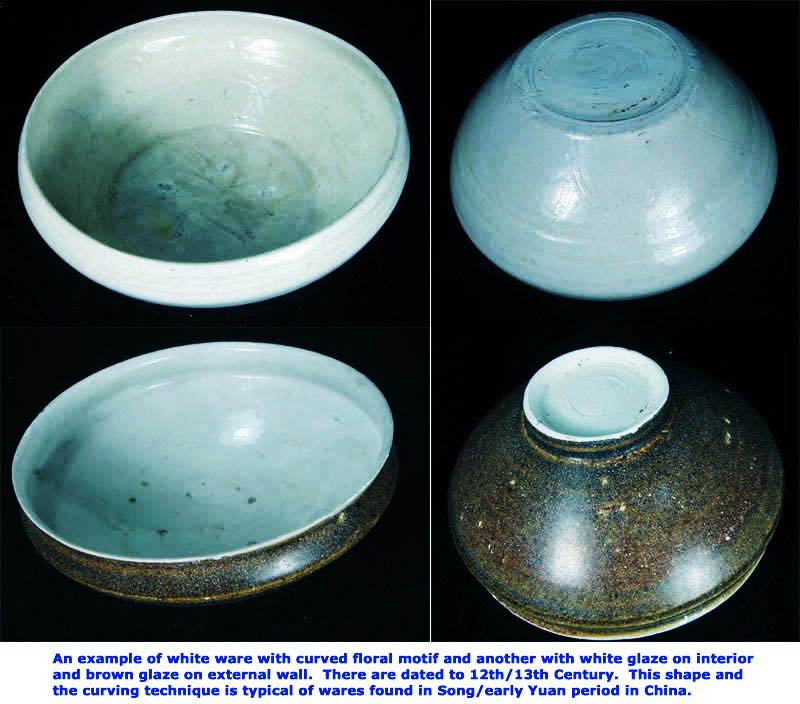
Jingdezhen Hutian kilns were famous for their Qingbai wares. The glaze has a clear and icy light bluish tone. The colourant of the qingbai glaze is the iron oxide in the raw materials used to make the glaze. The glaze transformed into a bluish tinge when fired under reduction atmosphere. The glaze however became yellowish if oxidation occurred during the firing process. The cool icy clear quality of qingbai wares attracted both domestic and international consumers. Many kilns in China produced copies of Qingbai wares to meet the demands of domestic and international market. Qingbai wares were also exported to Vietnam and Vietnamese potters also produced them for the domestic market. Besides copying the glaze, the carved and impressed techniques were also adopted for the decoration. The Vietnamese version however generally do not have the distinctive light bluish colour tone. Generally it appears more whitish or light greenish. The Vietnamese potters also introduced new features such as those with the external wall of the vessels glazed brown. Different stacking method was used. Ring with spurs was use as a separator for the vessels.
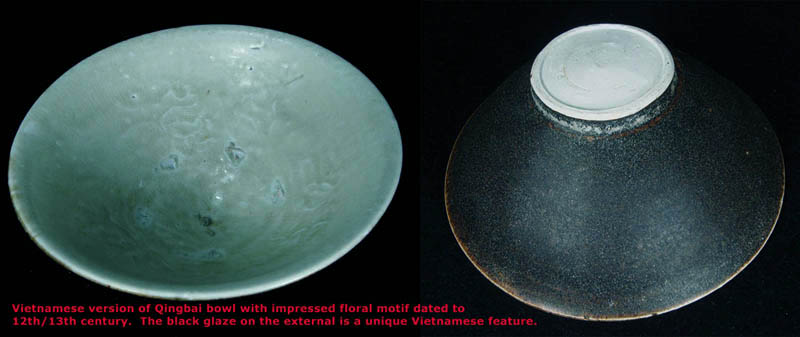
|
|
|
|
|
|
| Two 14th century Vietnamese example of Qingbai wares | |
b) Celadon wares
The Vietnamese celadon wares also showed clear influence of Yaozhou and later Longquan celadon wares. The Yaozhou-type in actual fact shown more similarity to those produced in Guangxi Yong fu kiln 广西永福窑). Besides more similarity in the style of decoration, those from Yongfu and Vietnam kilns also used spurs to separate vessels during firing. The Yongfu Yaozhou type also has a variation with an apple green glaze. This is unique colour was also applied on some vessels made by the Vietnamese potters.
|
|
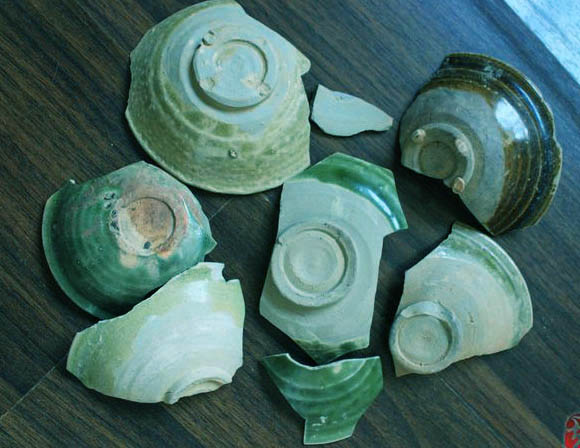 |
| Sherds of Yaozhou-type bowls from the Guangxi Yongfu kiln | |
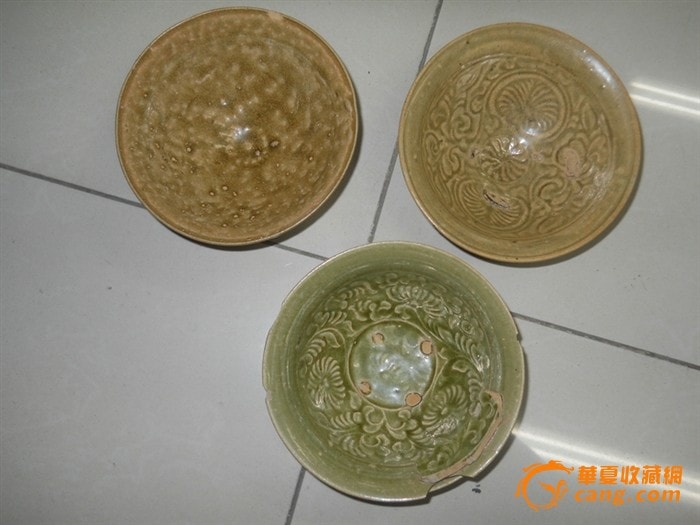 |
|
| Some Guangxi Yaozhou type celadon bowls | |
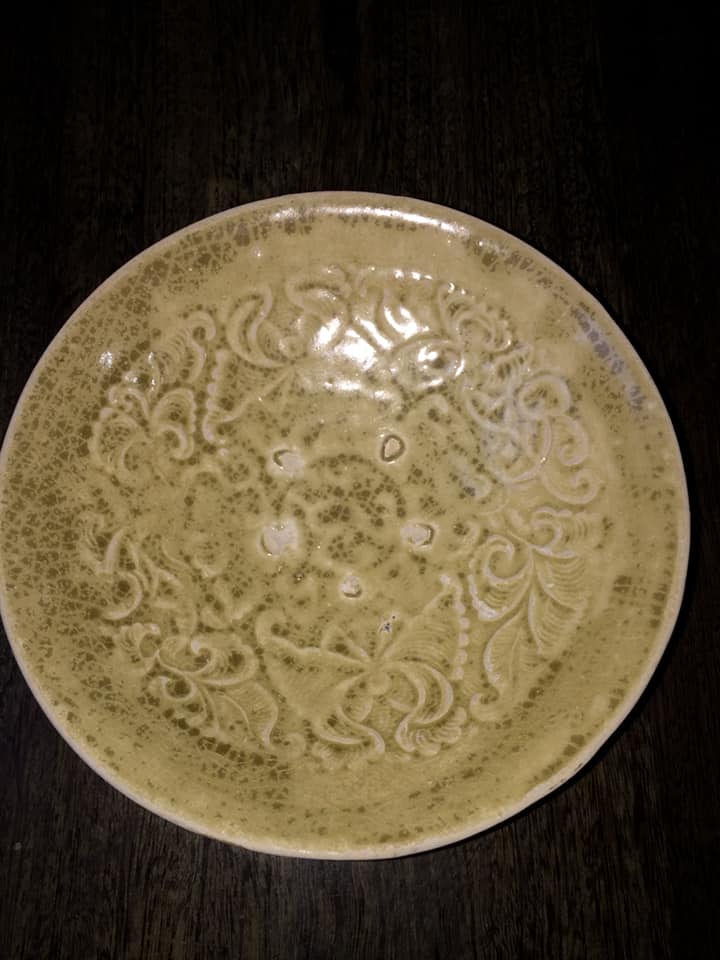 |
|
| 12th/13th cent. Vietnamese Yaozhou type bowl | |
|
|
|
|
|
|
| 13/14th Cent. Vietnamese Yaozhou type bowls | |
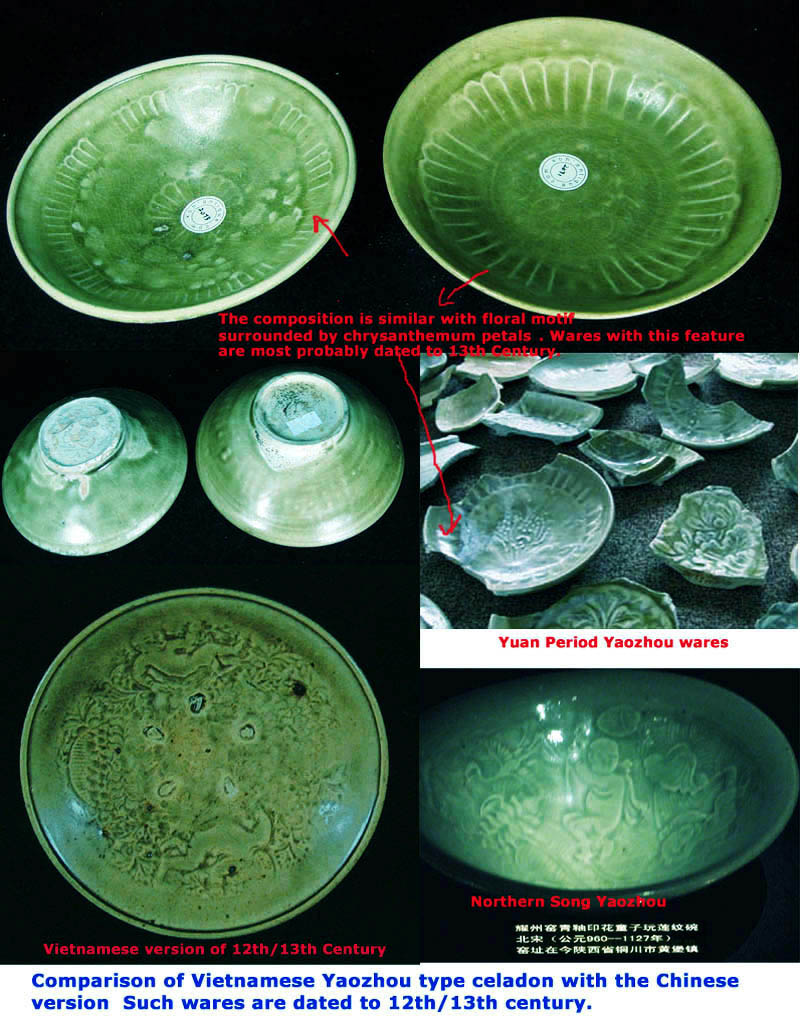
Some of such celadon wares were exported overseas. They were found in several overseas sites: Guangxi Fangcheng Gang (防城港), Taiwan Penghu archipelago and Japan Hakata and Iki Island ( 壹岐的水崎遗迹).
 |
| Guangxi Fangcheng Gang (防城港) (1-4 ), Taiwan Penghu archipelago (6) and Japan Hakata and Iki Island (7). The rest found in Vietnam. |
The Vietnamese potters also produced Longquan-type celadon wares. The most distinctive and recongisable form is the bowl with lotus petals on the external wall. Usually the Vietnamese version could be identified by the brown coating on the outer base. One could not help but wonder whether the brown coating was an effort by the Vietnamese potters to imitate the iron-rust colour usually found on the unglaze biscuit area of the foot of Longquan wares. Could it be the original intention of the Vietnamese potters which subsequently became a feature found not only on the celadon but other types of wares?
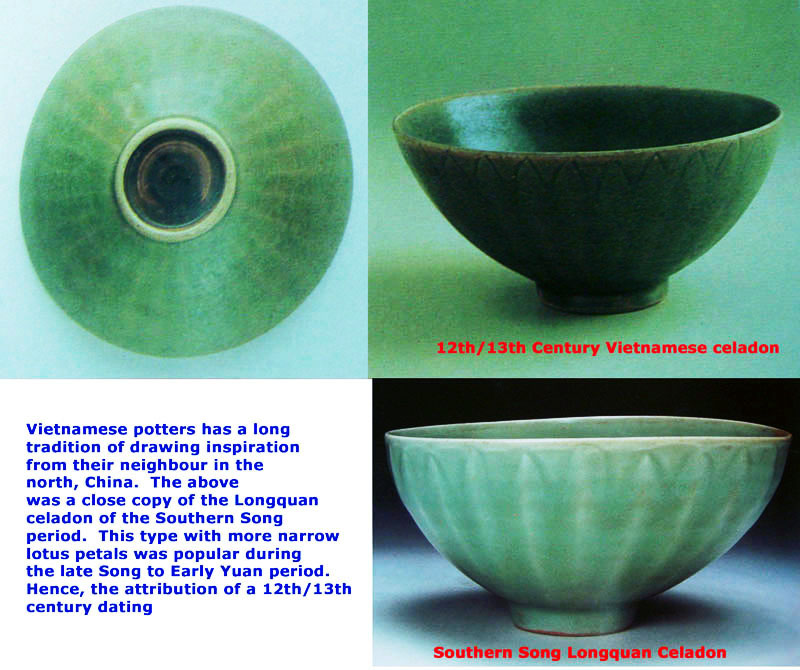
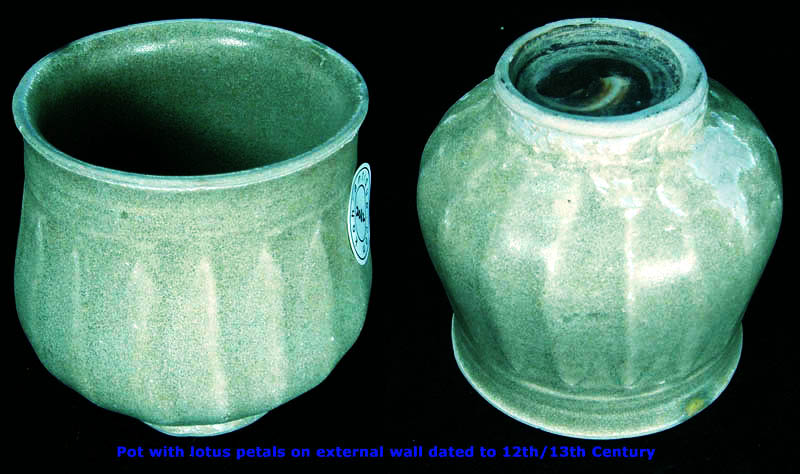
|
|
|
|
|
|
|
|
|
|
Three 13th/14th century Vietnamese example of celadon wares |
|
13th/14th Cent. Vietnamese Celadon ewer
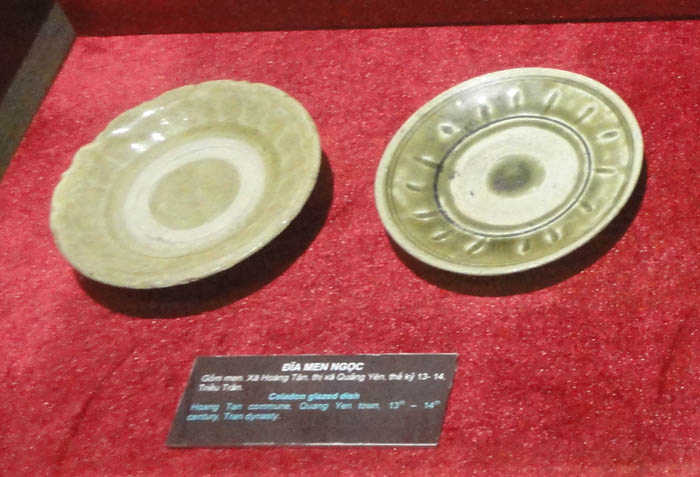
c) Brown glaze wares with glazed decoration
The innovative Jizhou potters were most likely the first to introduce a new glaze decoration involving the application of two different colour tone glaze on vessel. There are basically two variations. The first technique involved a second lighter colour over-glaze which is sprinkled, trailed or painted on the dark brownish base glaze. The second technique reverse the order by applying a darker glaze decoration on the lighter brown colour ground. This new technical innovation made Jizhou temmoku wares distinctive and ensured its place in the history of ancient Chinese ceramics art. Such interesting technique also caught the eyes of the Vietnamese potters. Vessels using similar technique were also produced by them.
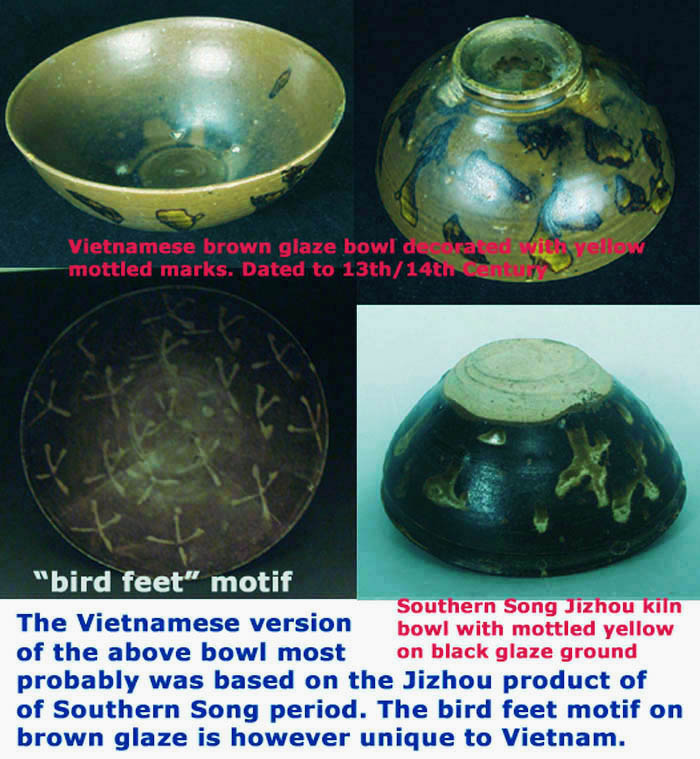
Vietnamese ware with the chicken feet motif
Vietnamese Ceramics in Vietnam History Museum (11th to 14th Century)
Export Vietnamese wares of 14th/15th Century
The 14th/15th century Ming ban on export of Chinese ceramics provided the opportunity for the Thai and Vietnamese to fill the gap and capture a substantial Southeast Asian consumer market. The most distinctive and widely recognisable export Vietnamese ceramics vessels are the iron brown and cobalt blue decorated vessels. However, there are also some quantity of brown/qingbai/white glaze vessels with impressed/carved motif. Some of the most common forms are illustrated below.
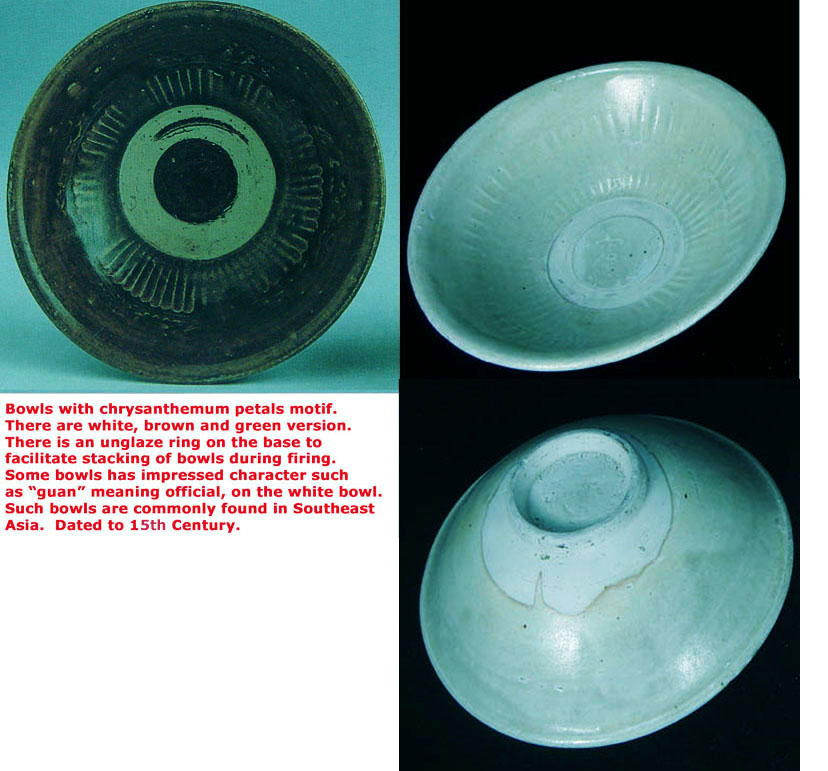


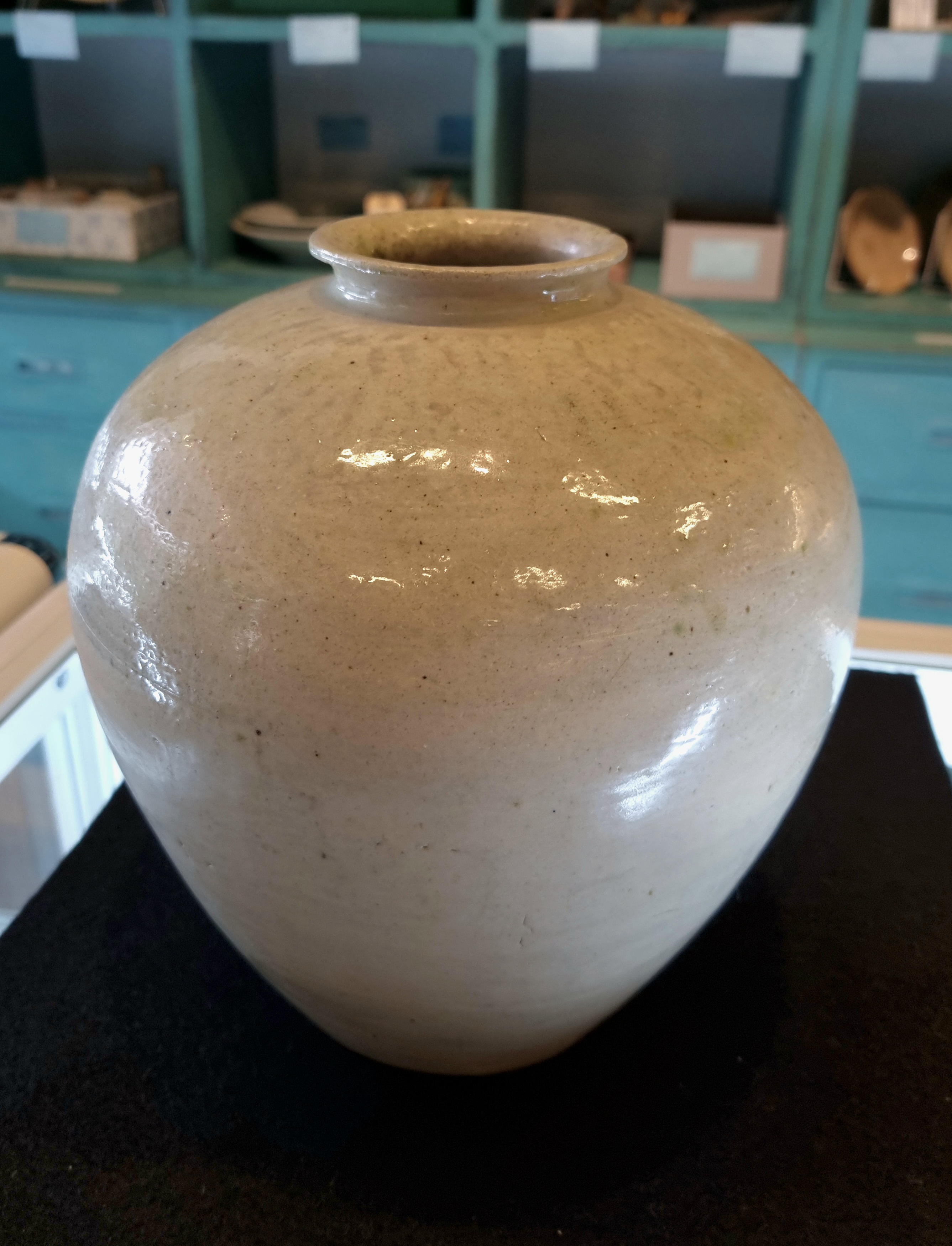 |
 |
| 14th cent. qingbai glaze jar |
An interesting group of celadon wares have an apple green colour tone. Generally the colour is attributed to copper oxide as the colorant. But according to Peter Lam of Hongkong Chinese University, analysis shows that the colorant is still iron oxide but the colour has been affected by the presence of titanium dioxide which acts as a modifier under reduction firing atmosphere.
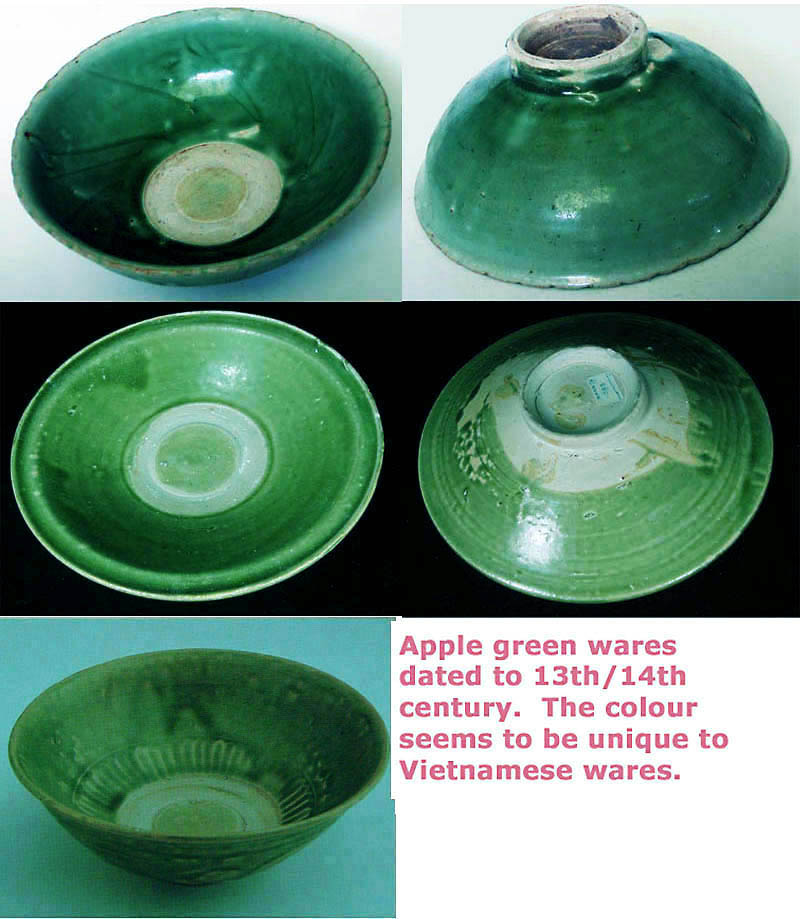
Examples of the apple green glaze from a wreck in Central Vietnam
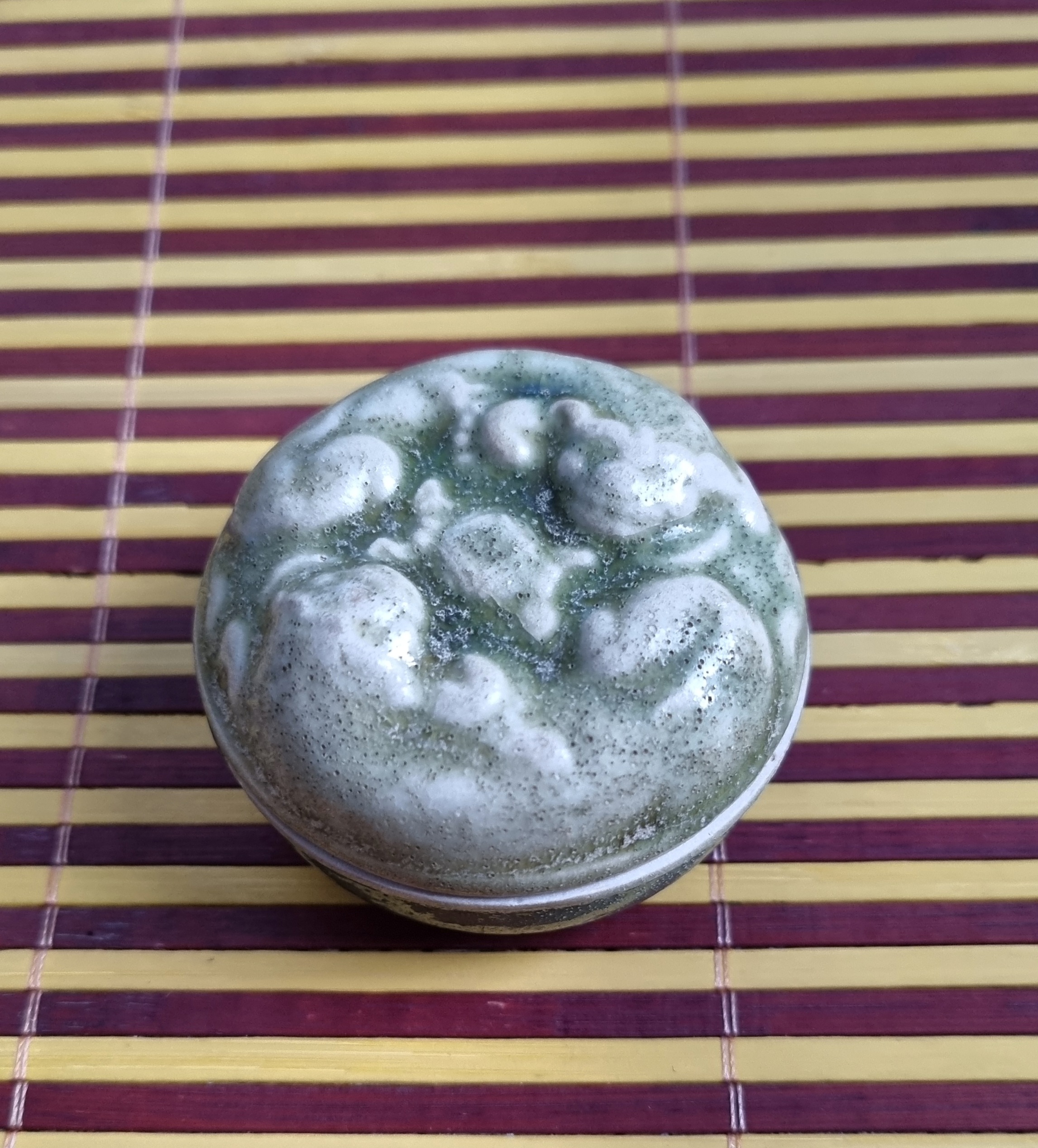 |
| 14th cent. lidded box with molded decoration of lions playing brocade ball |
The Cham territory of Binh Dinh in Central Vietnam also contributed to the export market especially Philippines and Indonesia during the 15th century. Majority of the kilns are located in kilns of Binh Dinh province: the better known are those in Go Sanh, Go Hoi and Go Cay Me. Generally, they consisted of mainly green and brown/amber glaze products. They bear close resemblance to those produced in Fujian. But interestingly, in comparison, many of the celadon bowls and plates have finer paste and good finishing compared with those from Fujian. The early bowls/plates were stacked using spurred disc during firing. But most found in Southeast Asia were from the later phase which typically has an unglaze ring on the inner base. Although the brown glaze jars shown close similarity with those in Fujian in terms of glaze and form, the carved and relief decorations have their distinctive characters. There are also small quanity of vessels decorated with iron-black painted decoration.
Cham ceramics were exported to Southeast Asia region. A few thousand pieces were salvaged from the Pandanan wreck near Philippines. They were also found in Kota Baru archaeological sites in Brunei.
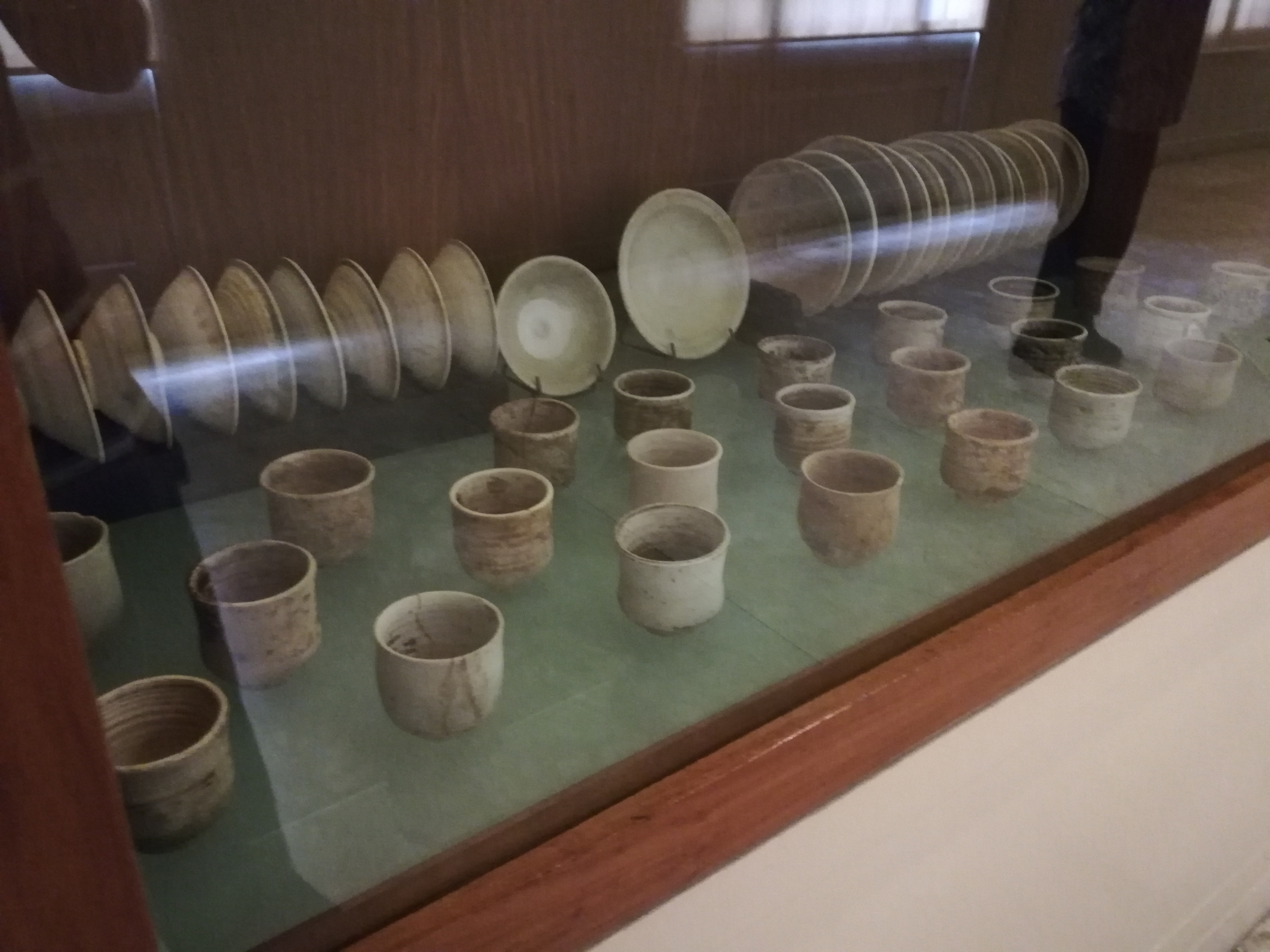 |
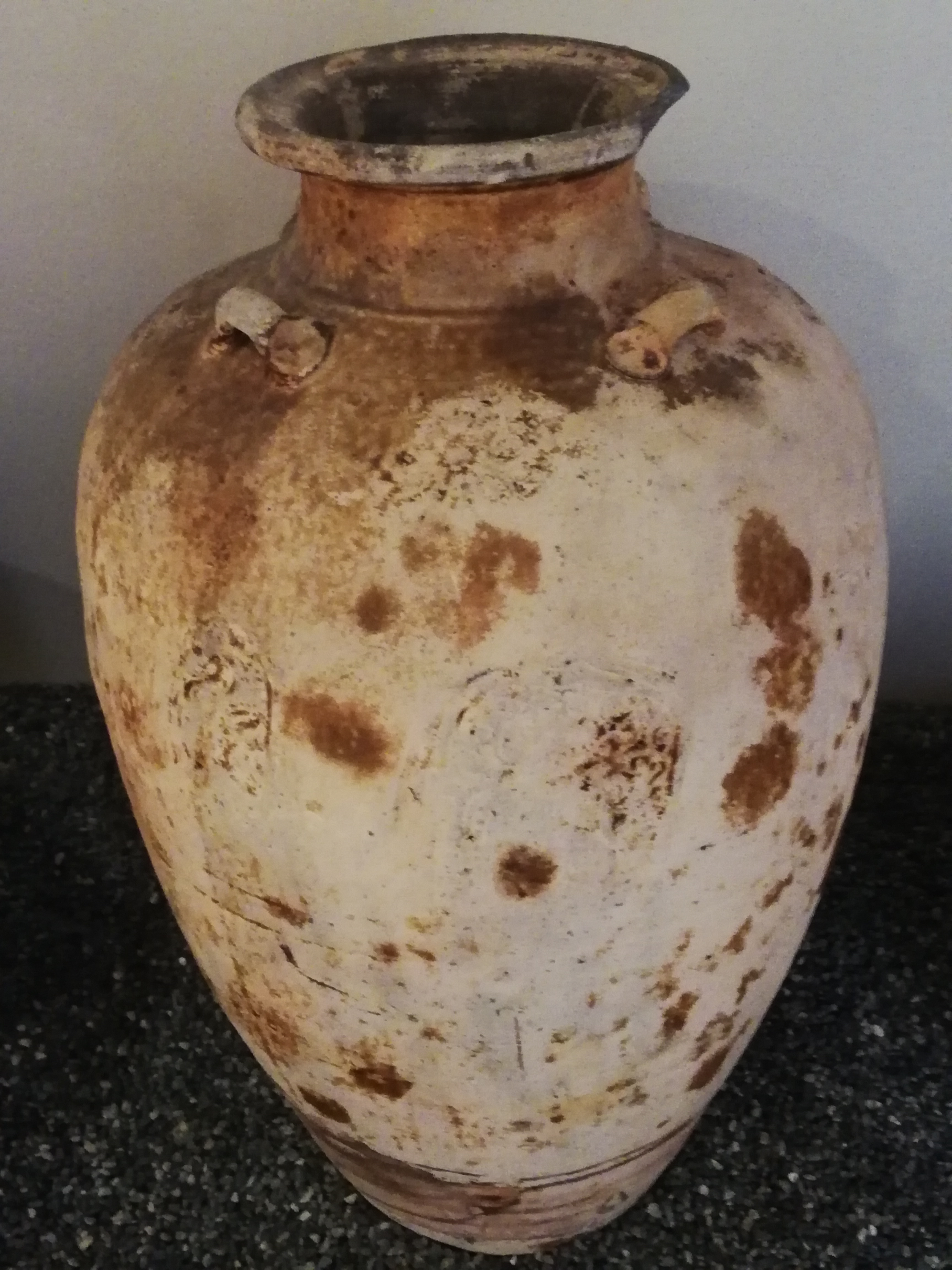 |
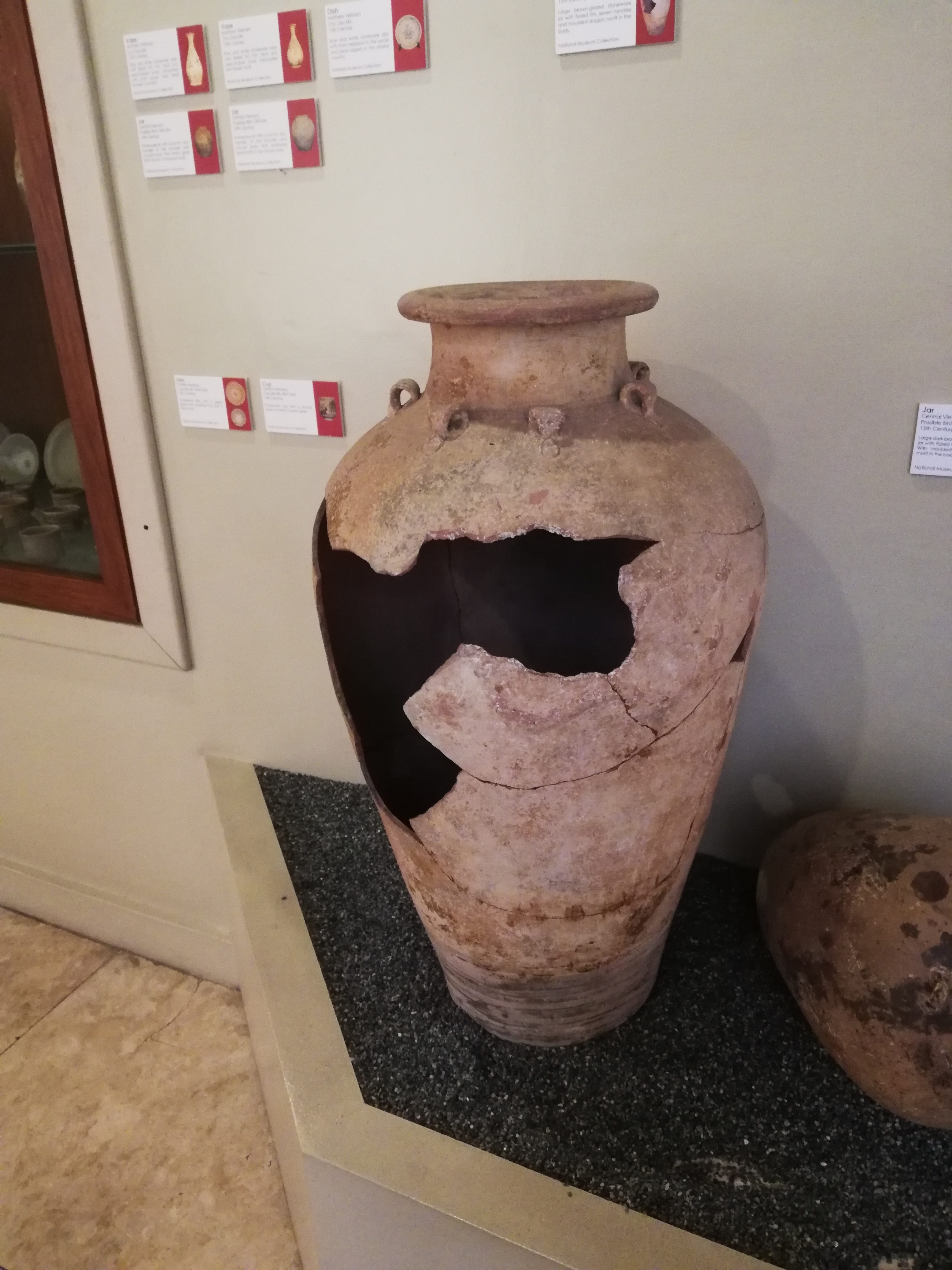 |
| Binh Dinh ceramics salvaged from the Pandanan Wreck near Philippines |
 |
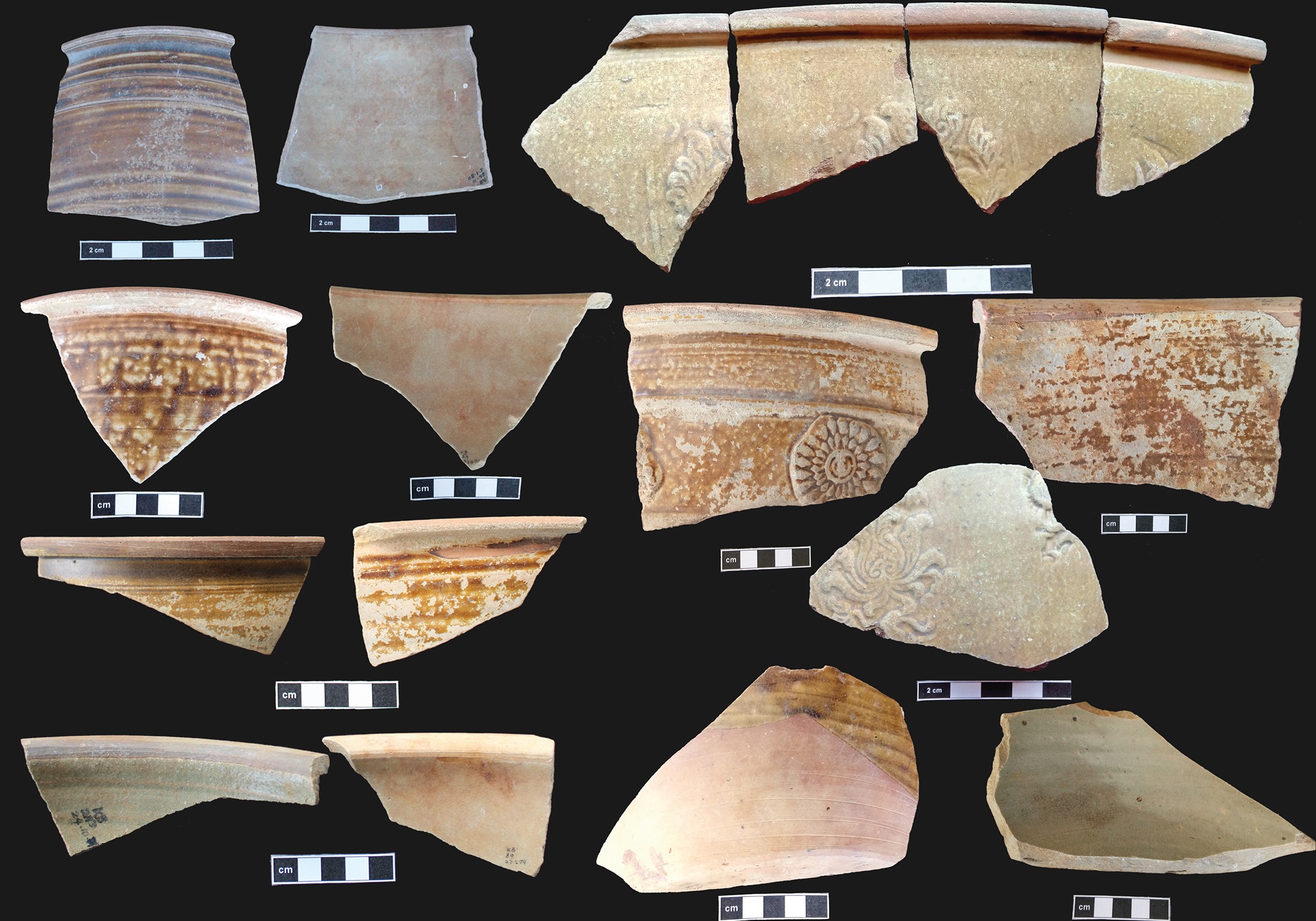 |
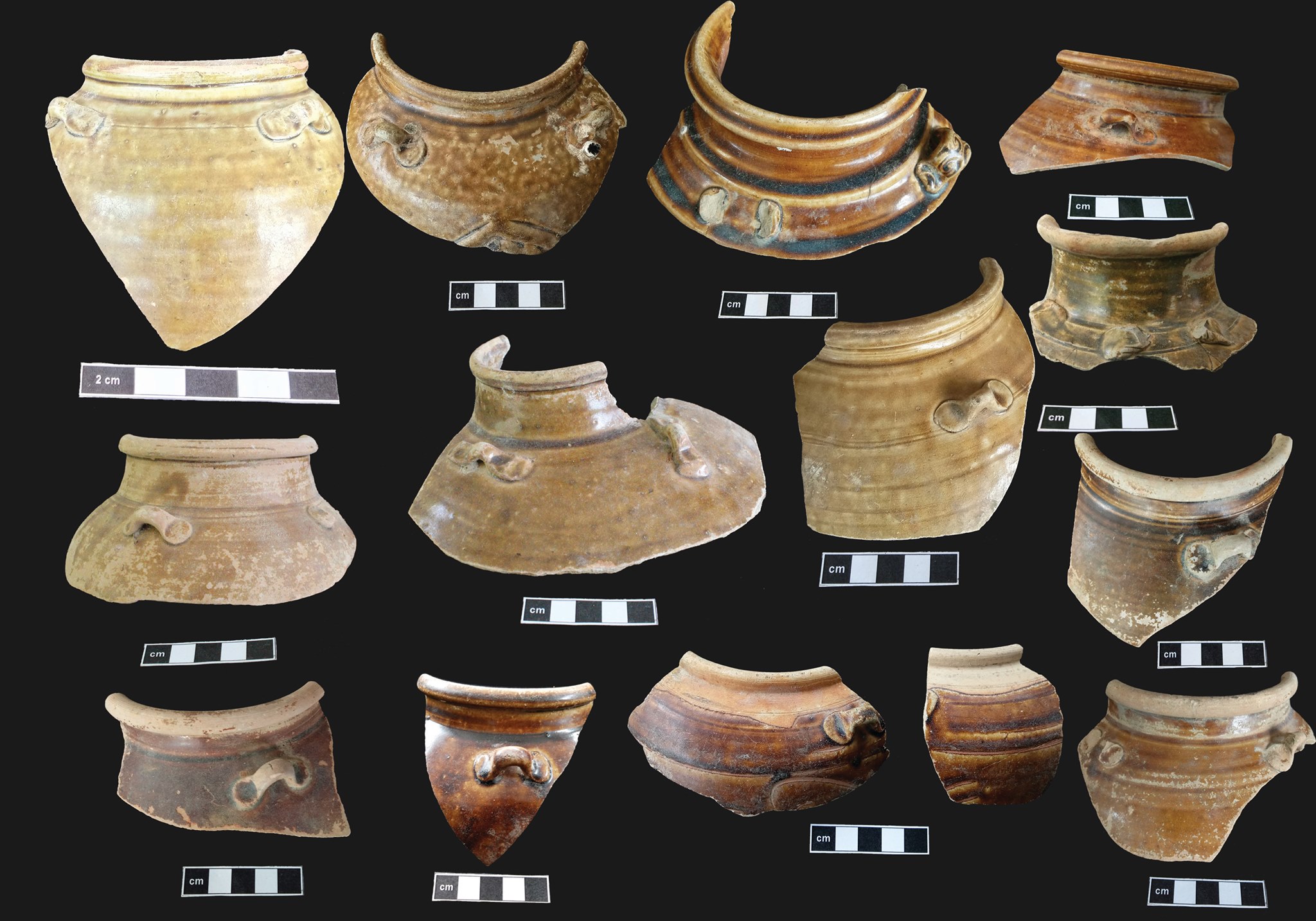 |
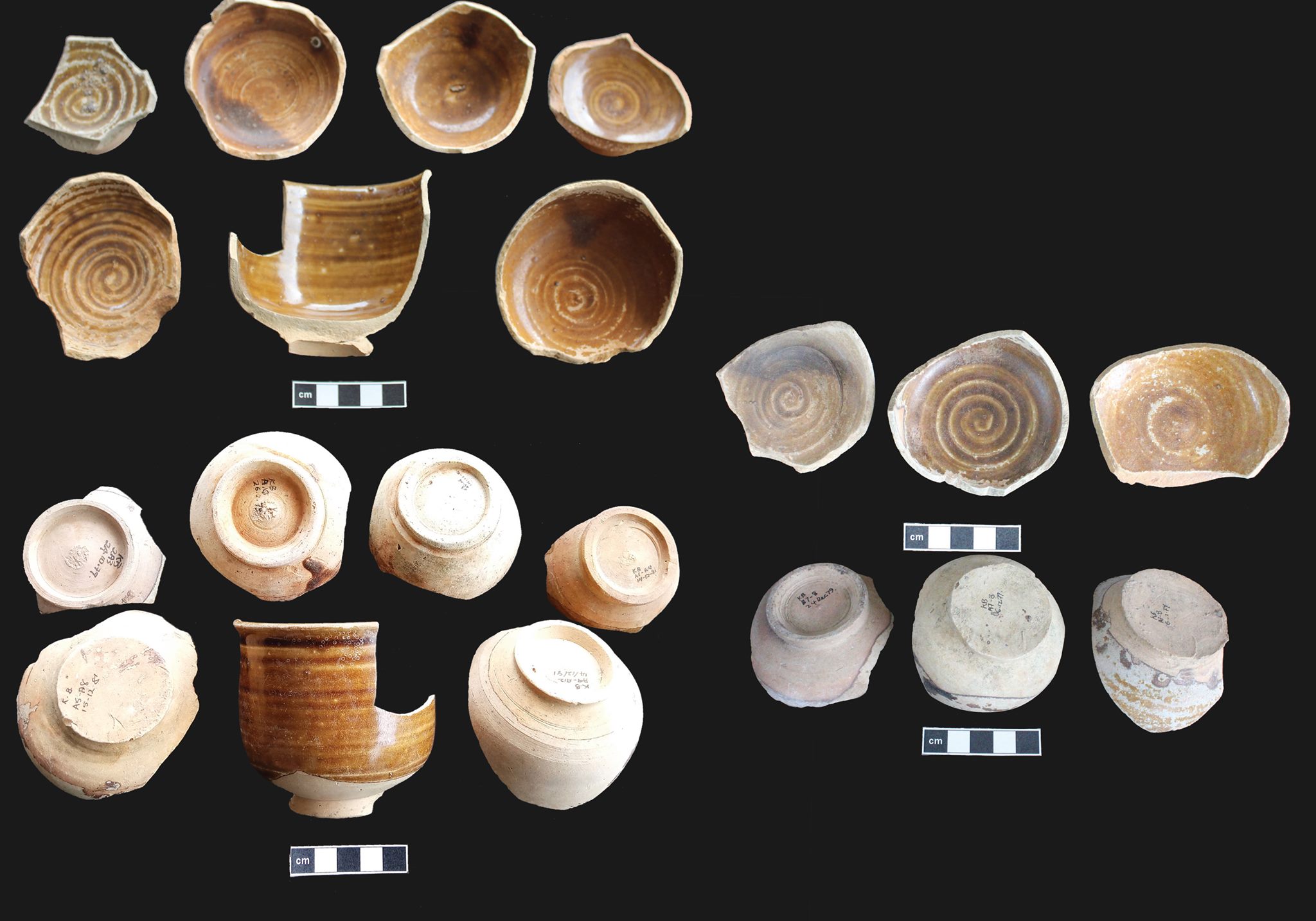 |
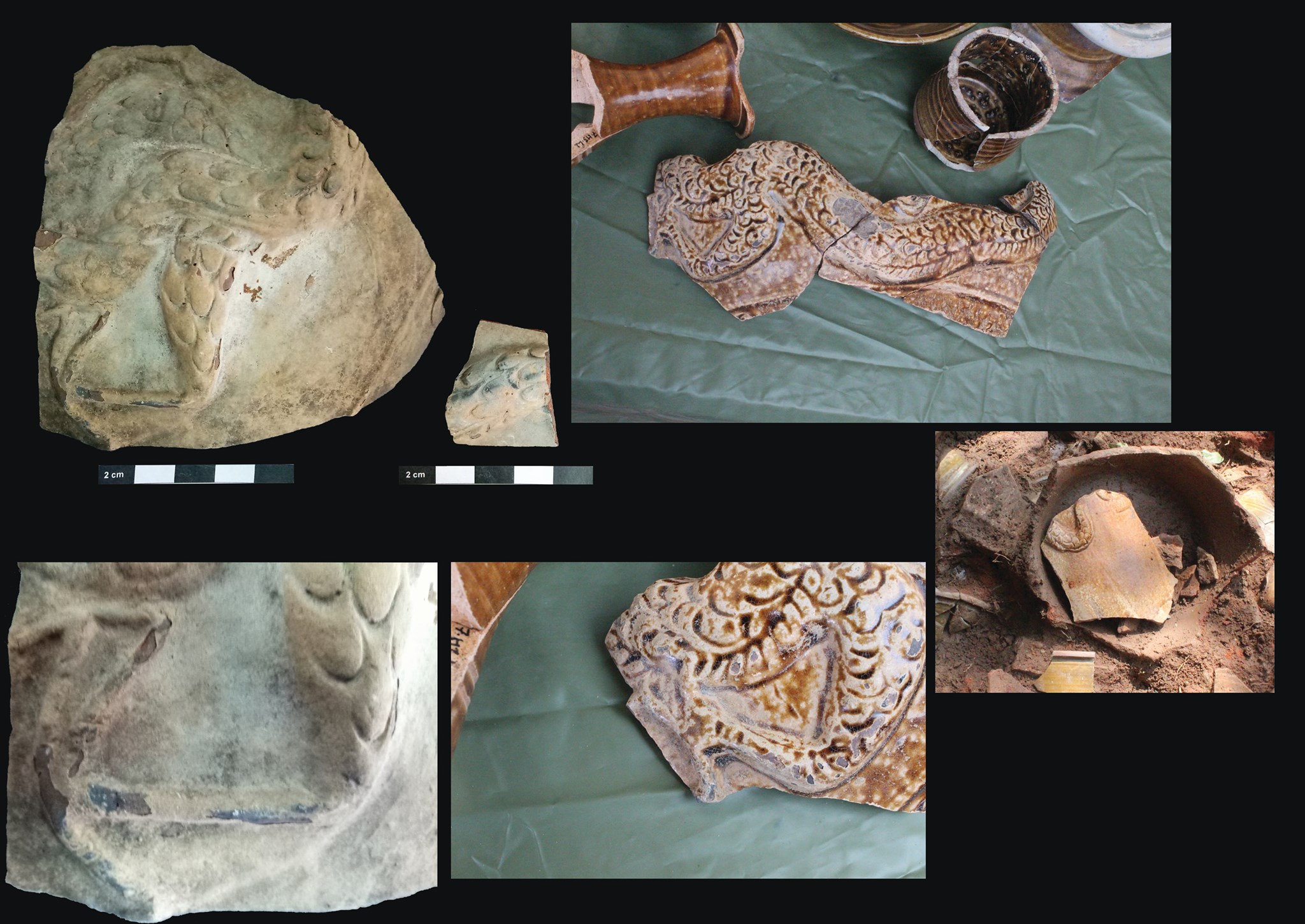 |
 |
| Fragments recovered from Brunei Kota Baru archaeological sites. (Photo credits: Hann Maidin from Brunei Museum) |
Some examples of commonly found Binh Dinh vessels are illustrated below.
|
|
|
|
|
|
|
|
|
 |
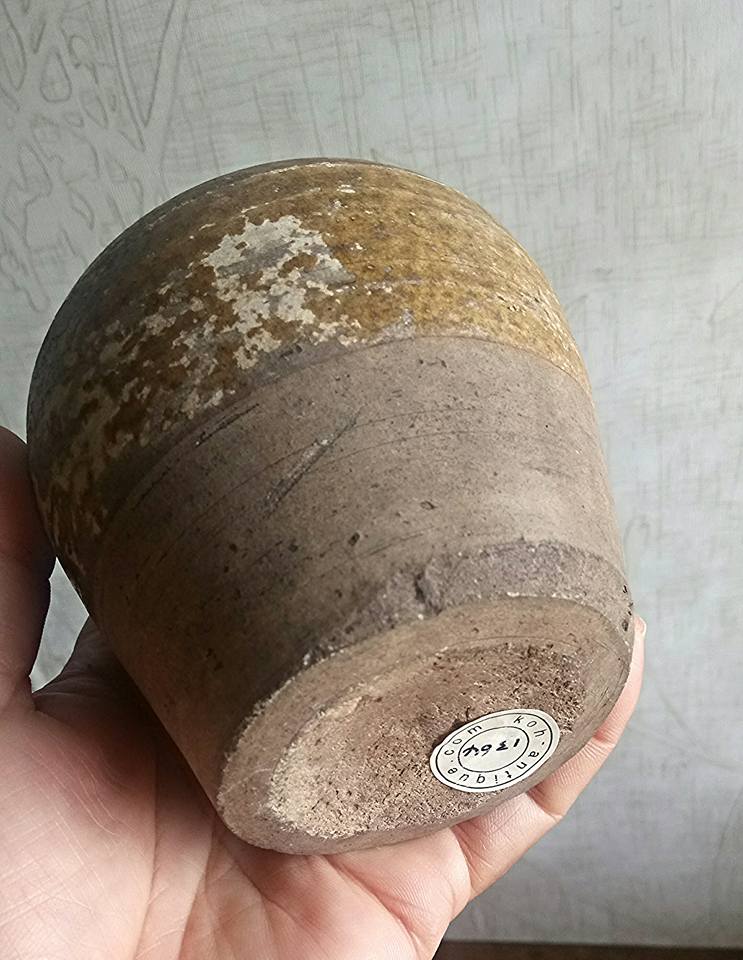 |
|
|
|
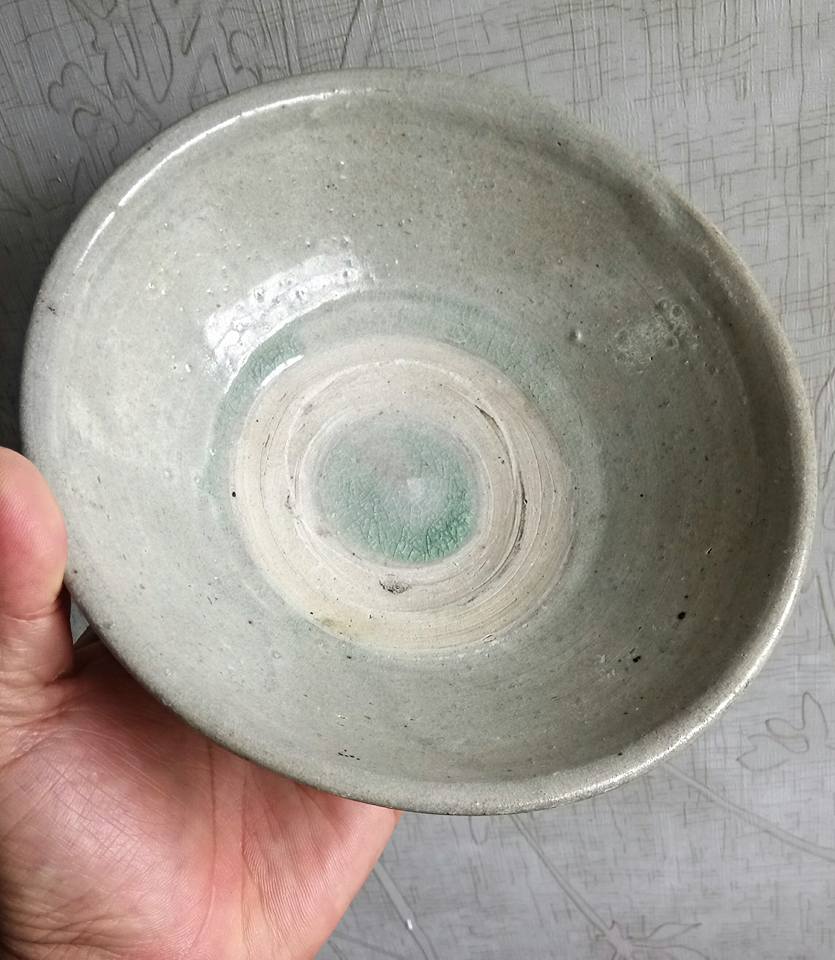 |
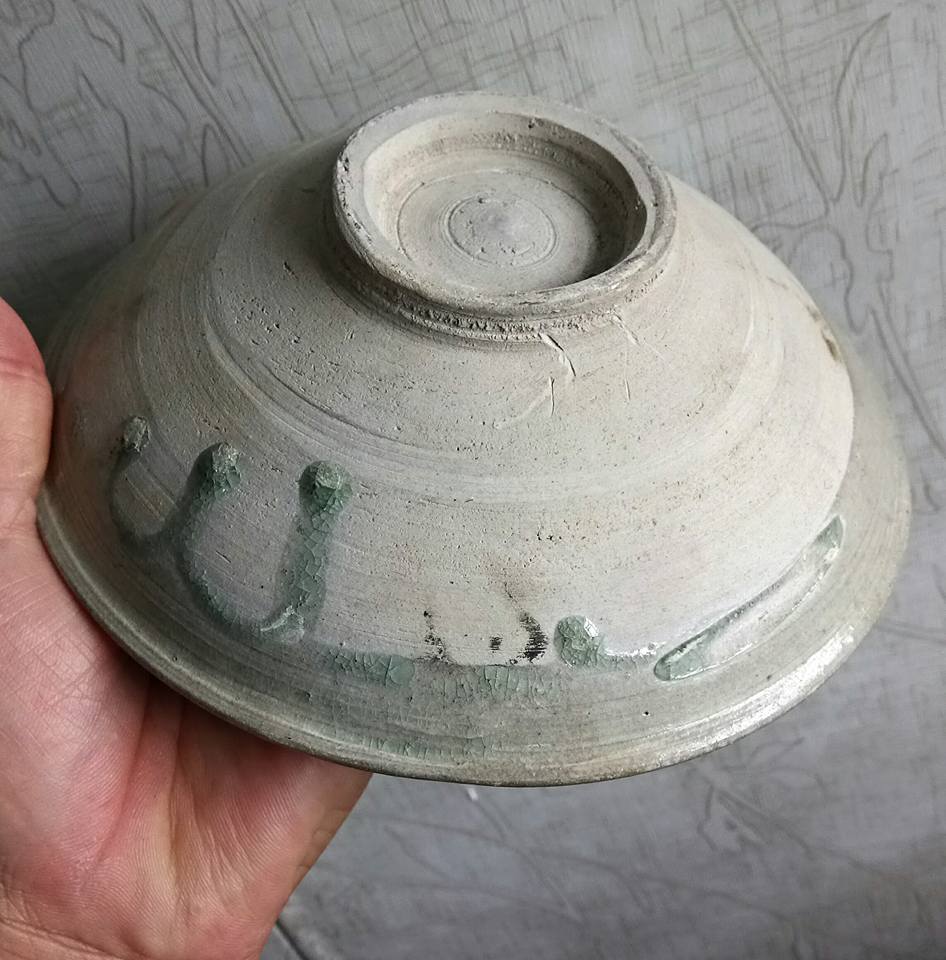 |
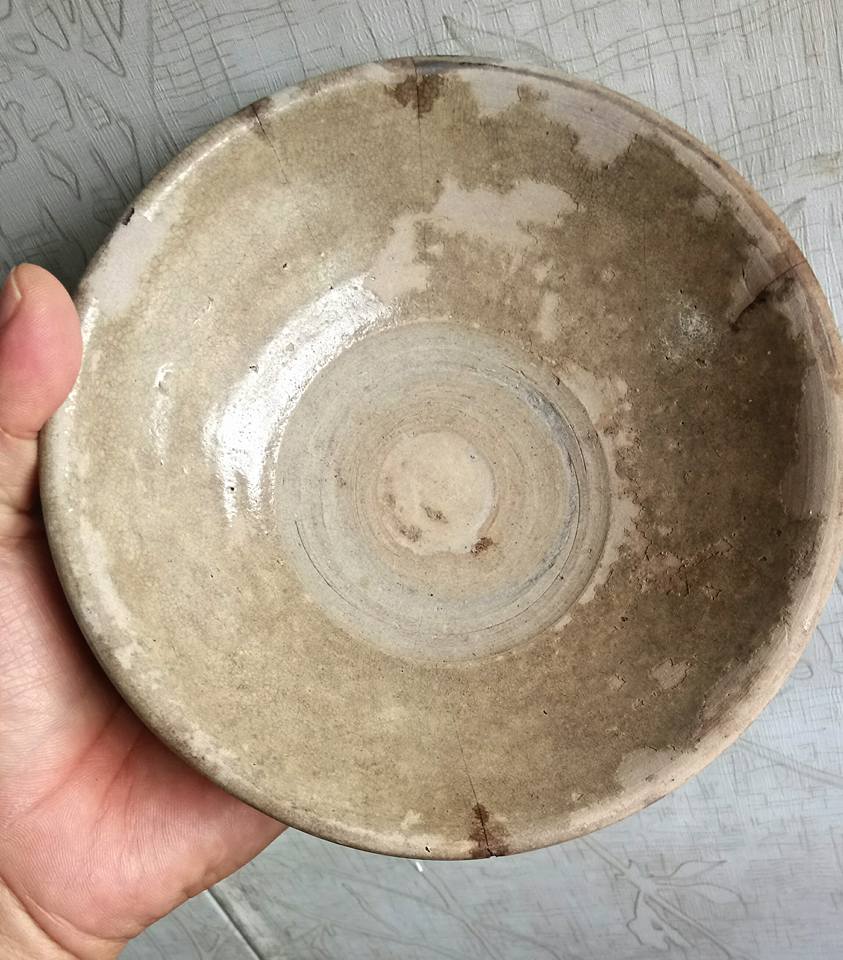 |
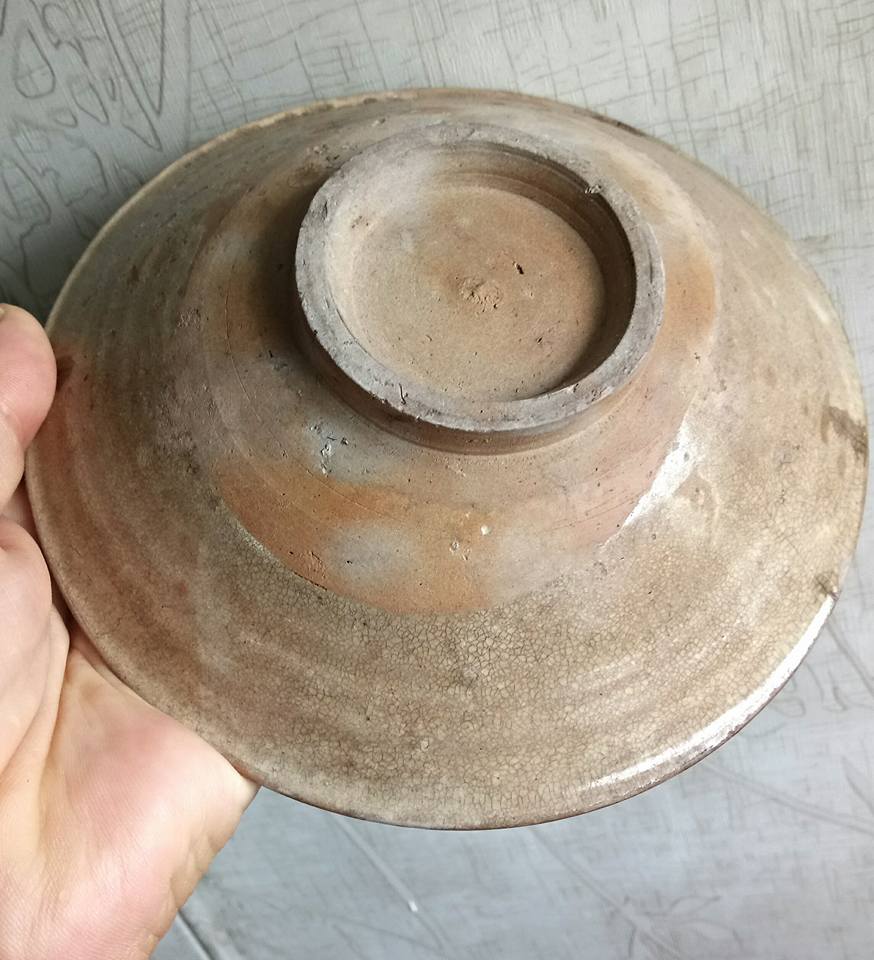 |
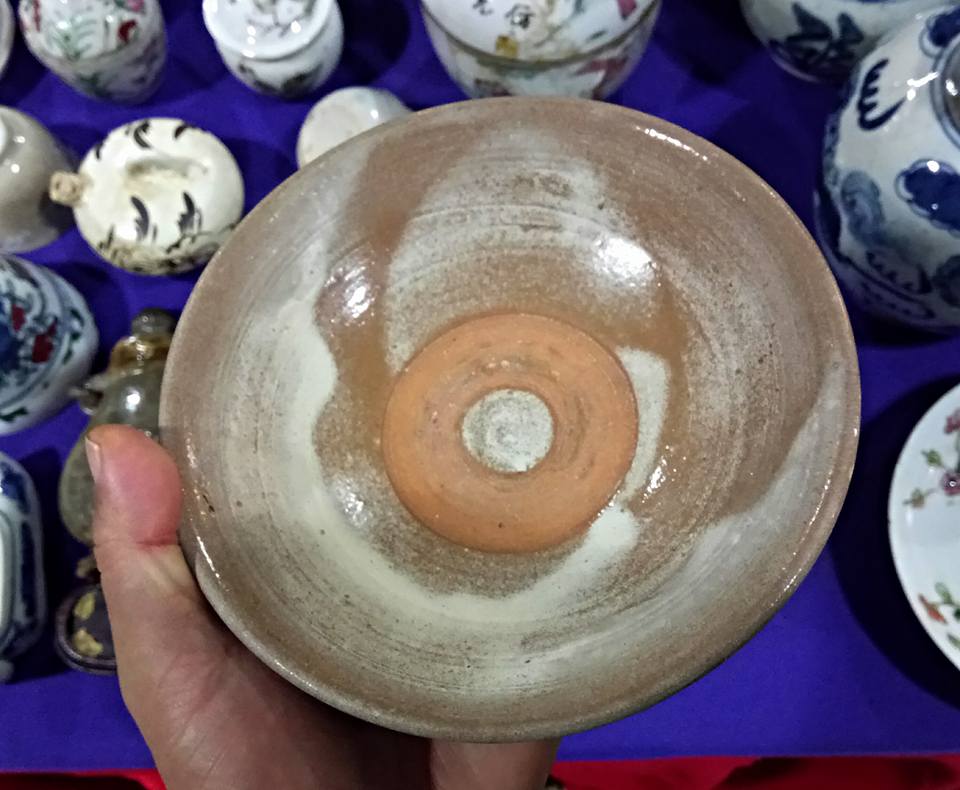 |
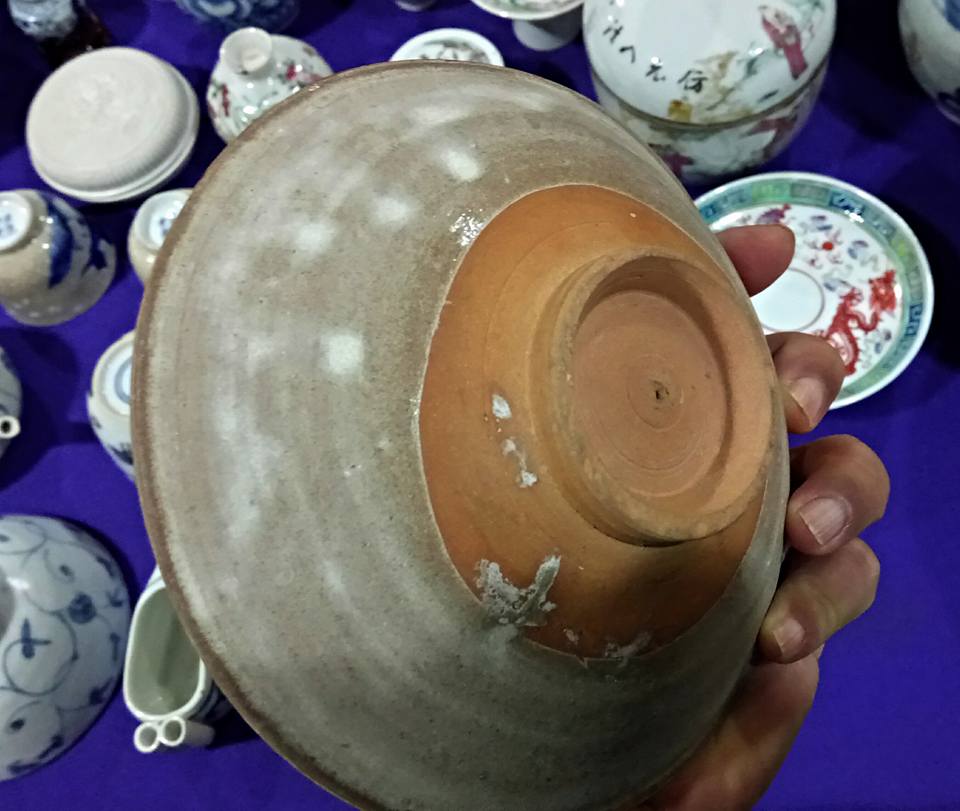 |
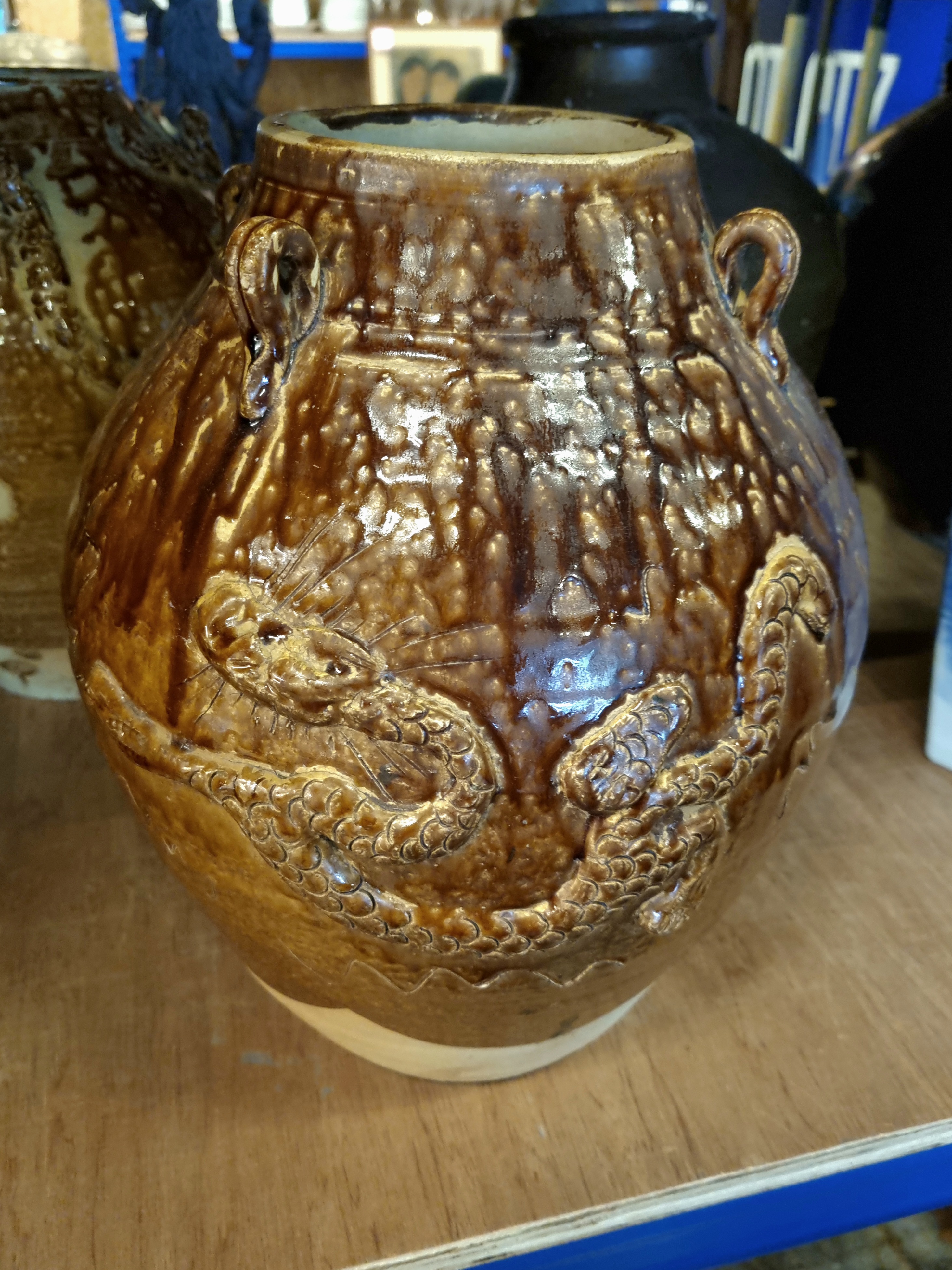 |
|
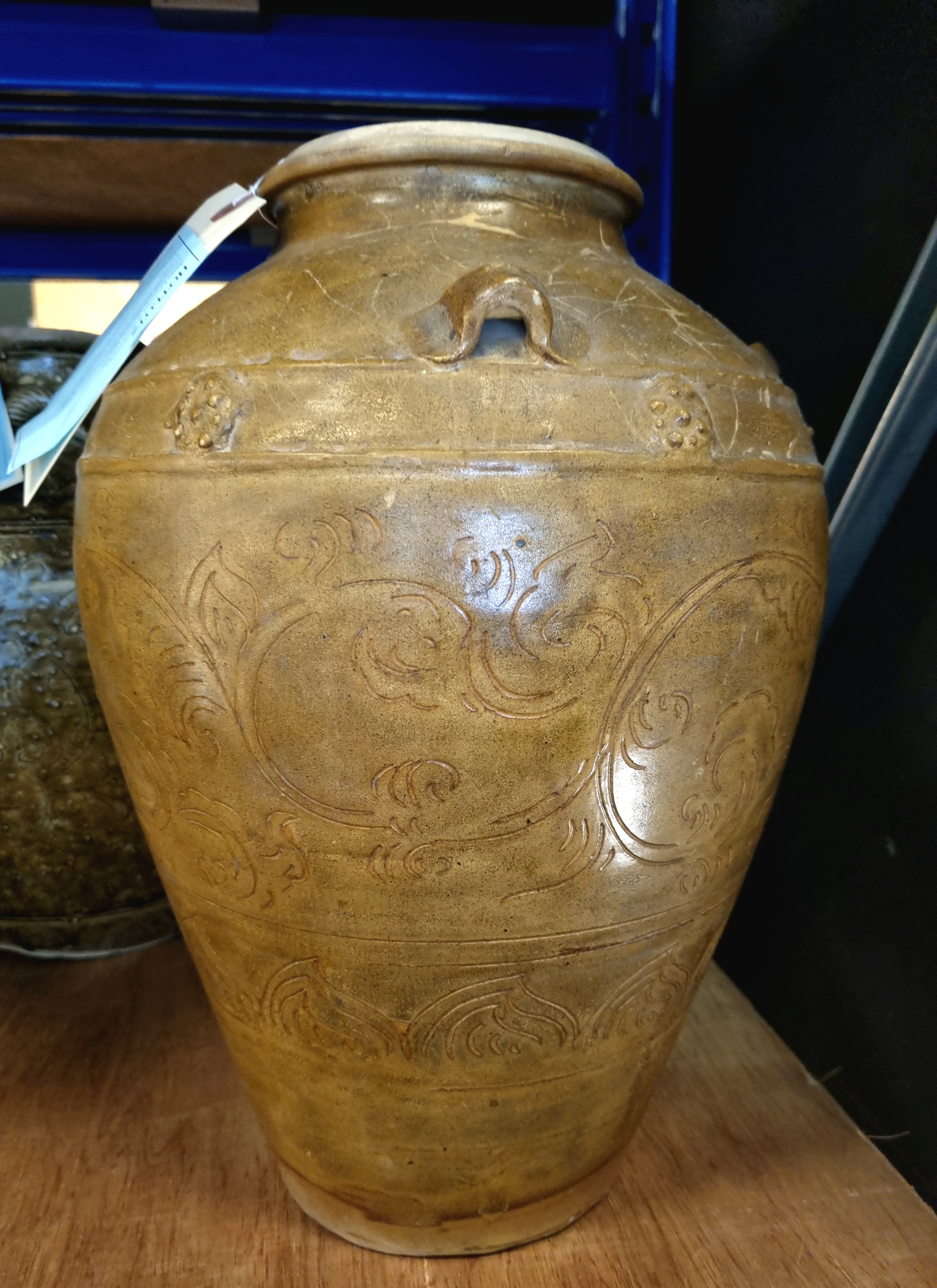 |
|
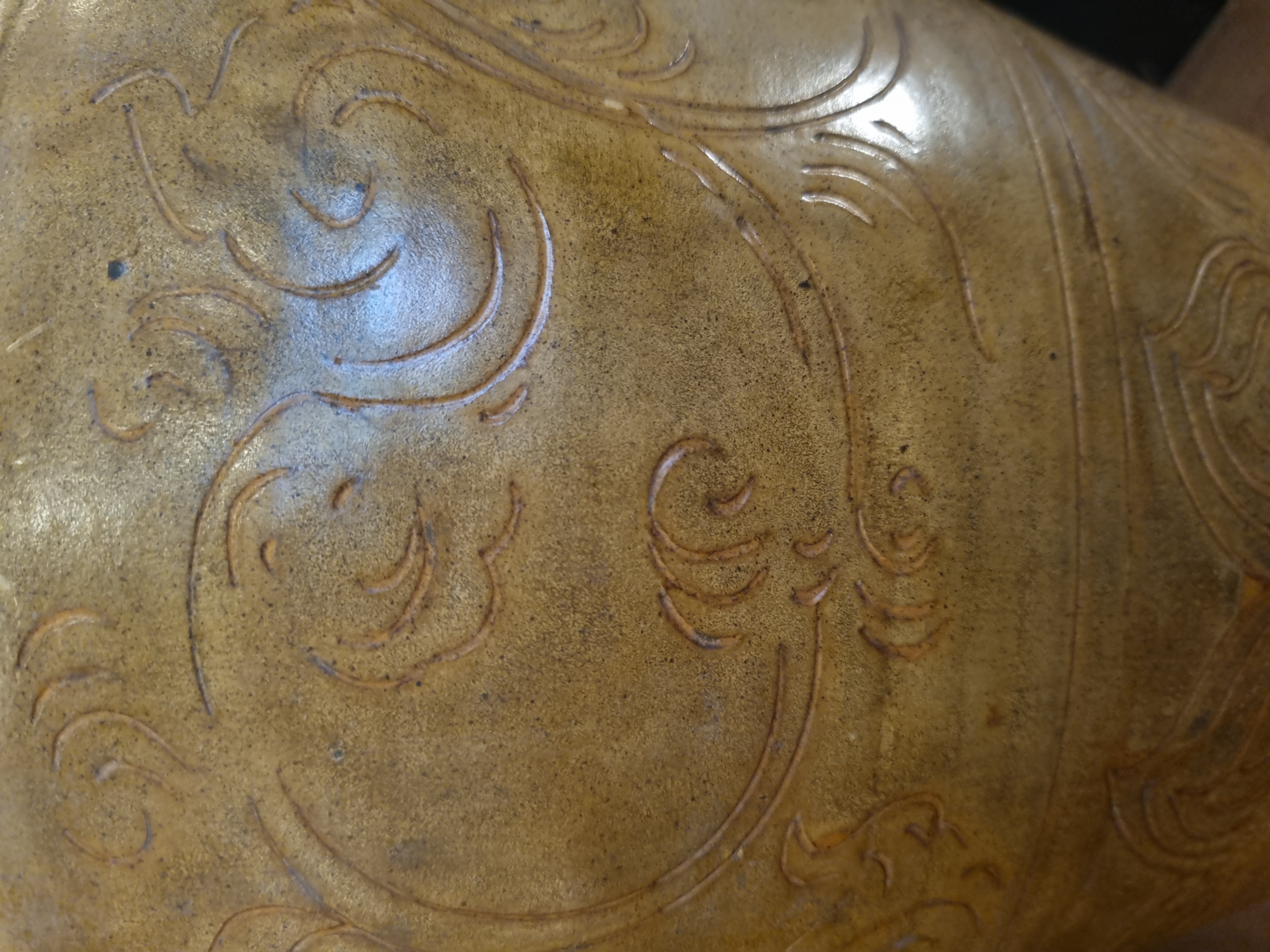 |
|
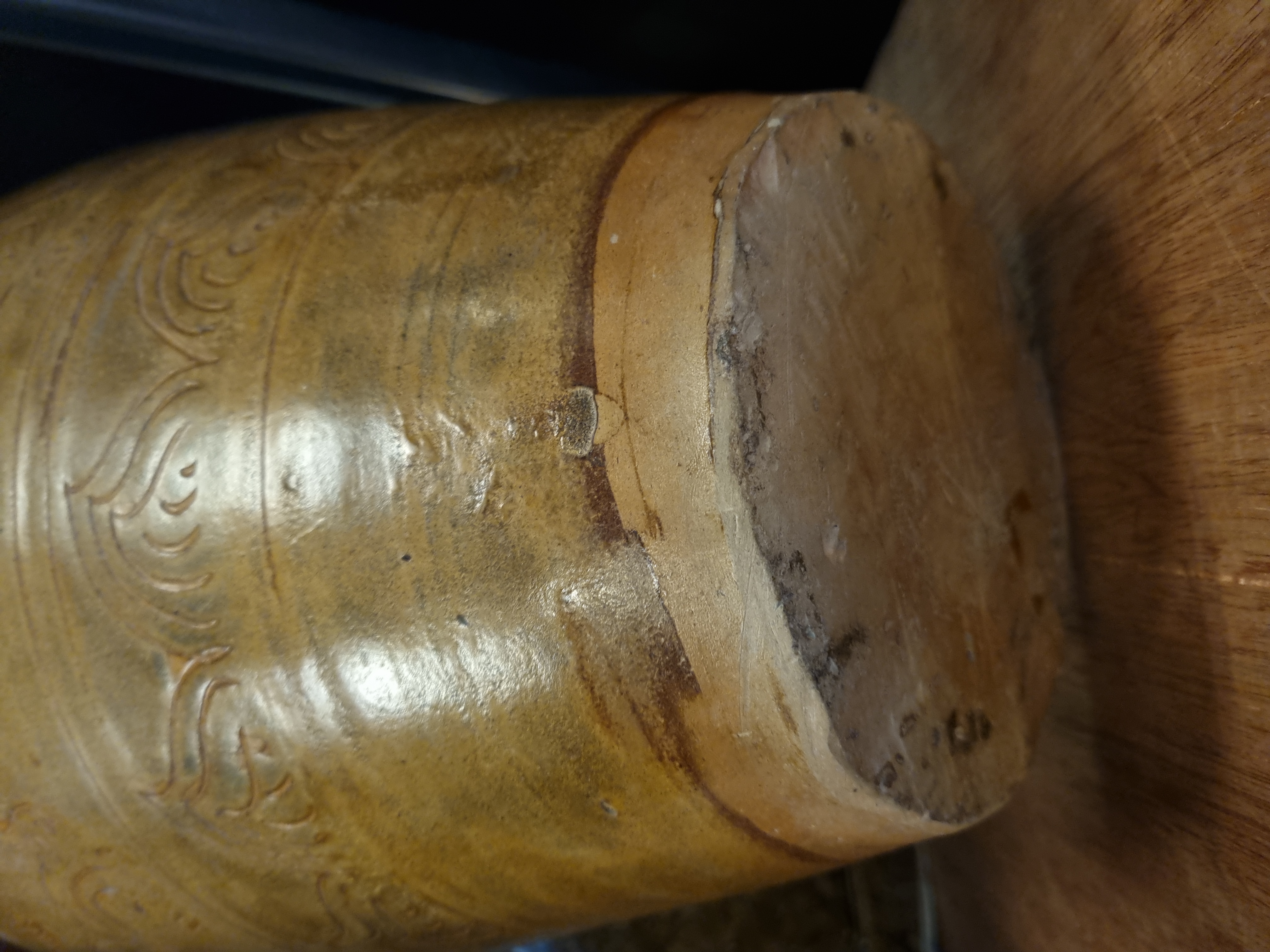 |
|
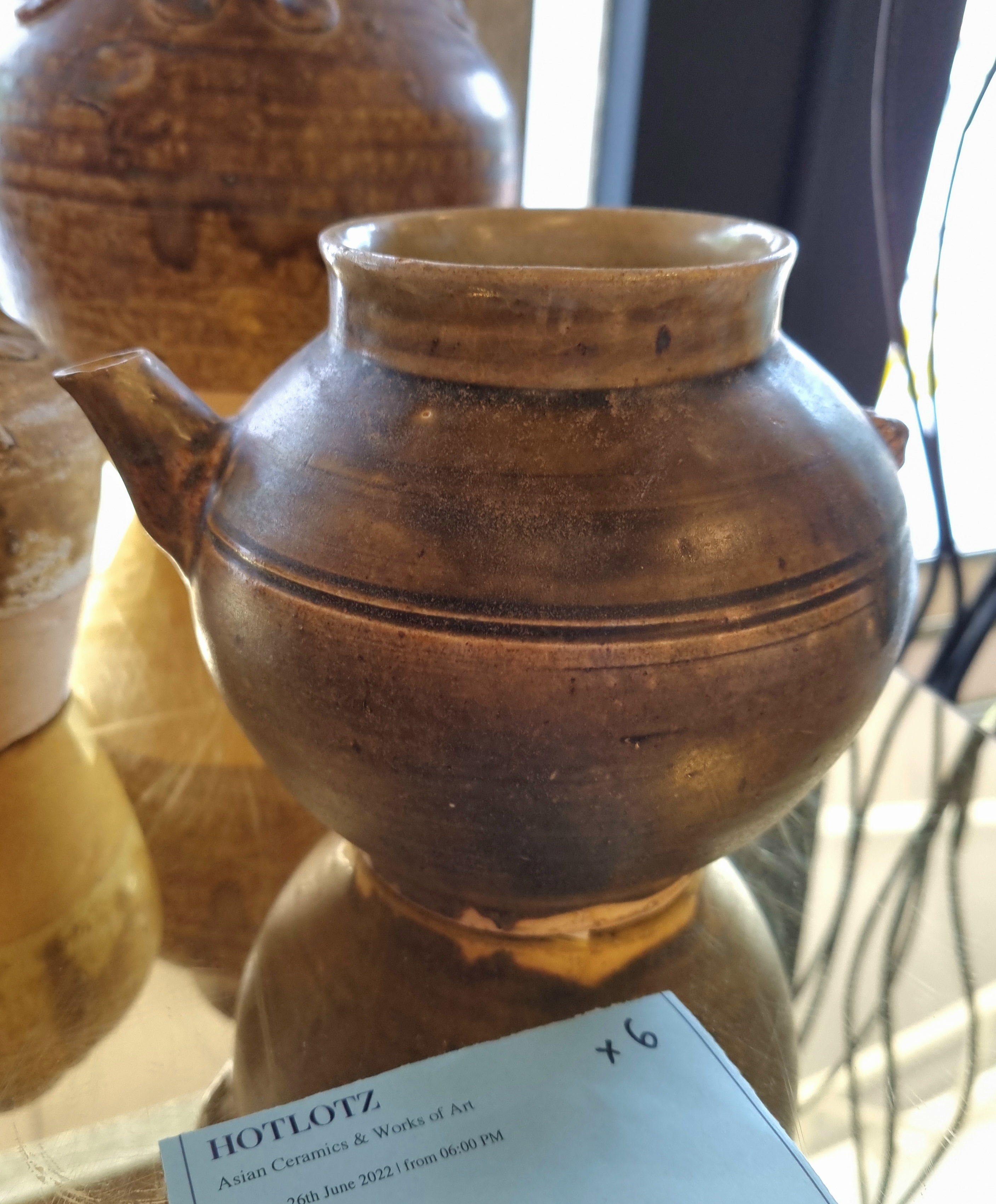 |
|
 |
|
| Champa Binh Dinh ceramics of the 15th Century | |
In Oct 2017, I attended an international conference on Binh Dinh Ceramics in Quy Nhon. We visited the kiln site in Go Sanh and Go Cay Me and I took some photos of the shards uncovered in Cay Me. Some are shown below:
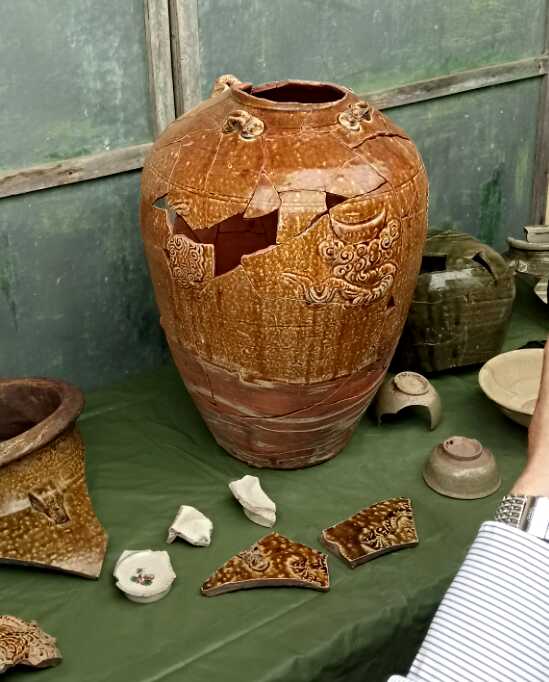

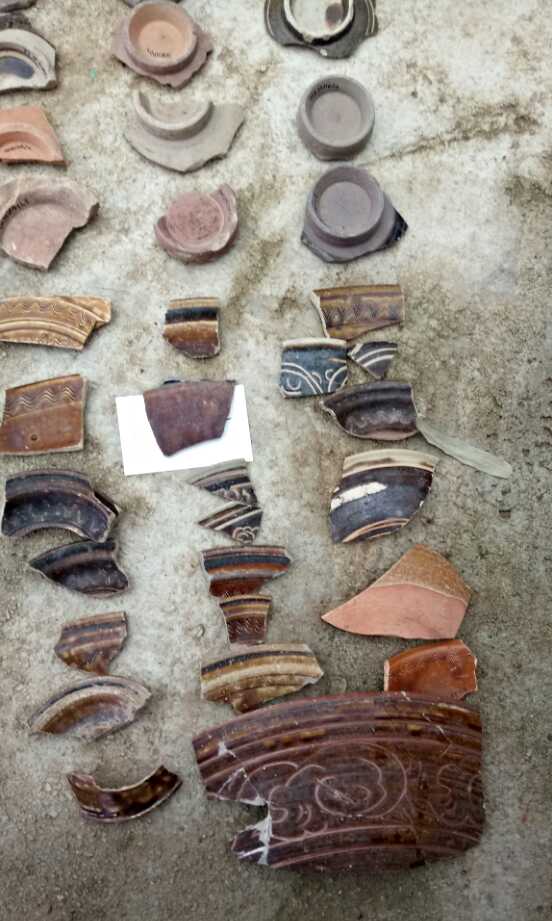
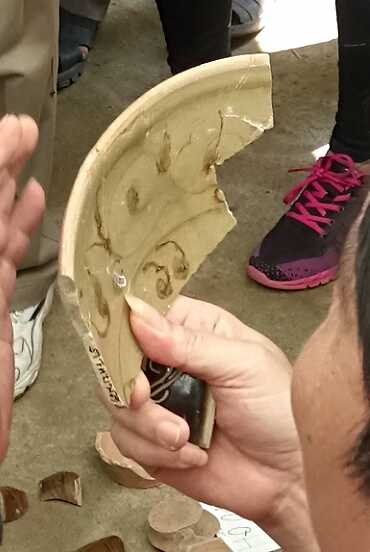
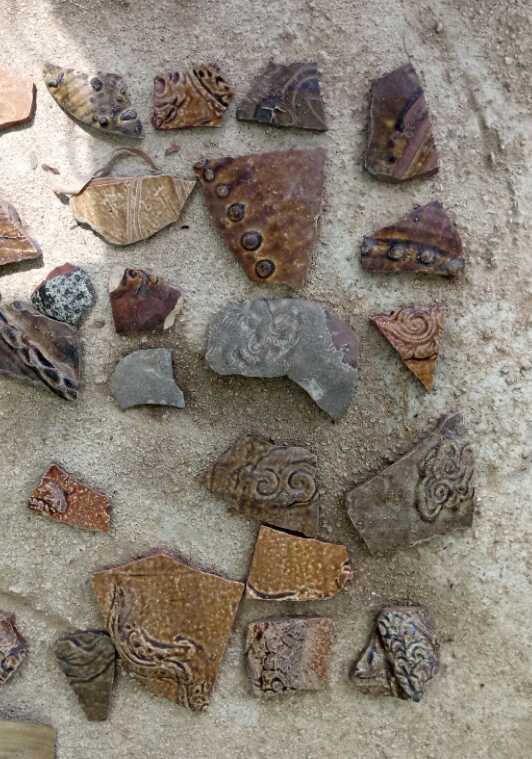
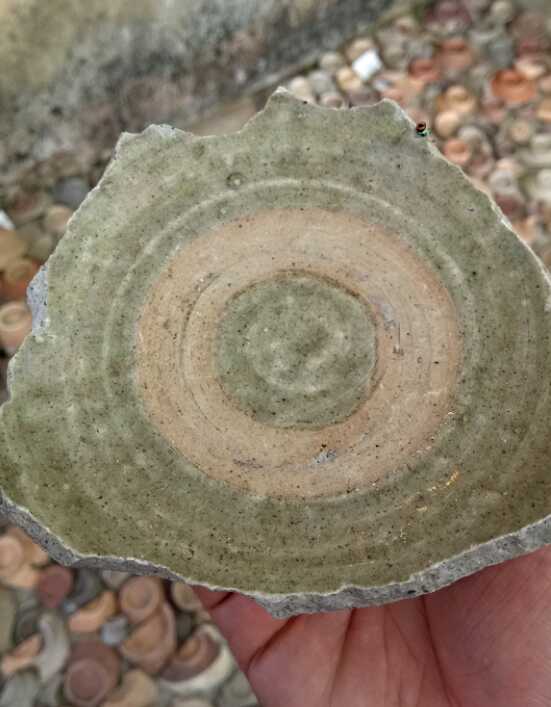

Shards uncovered from the Go Cay Me kiln
Some Binh Dinh ceramics are also exhibited in the Binh Dinh Museum.
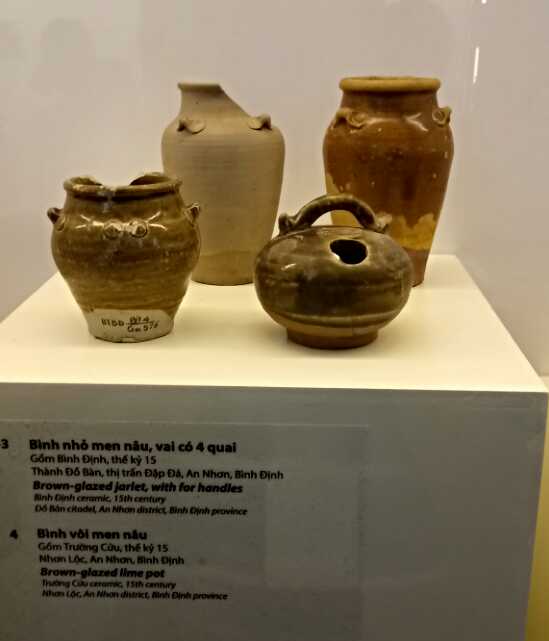
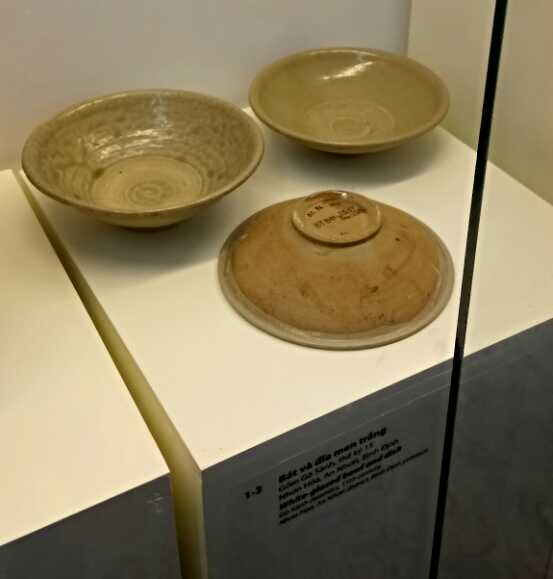
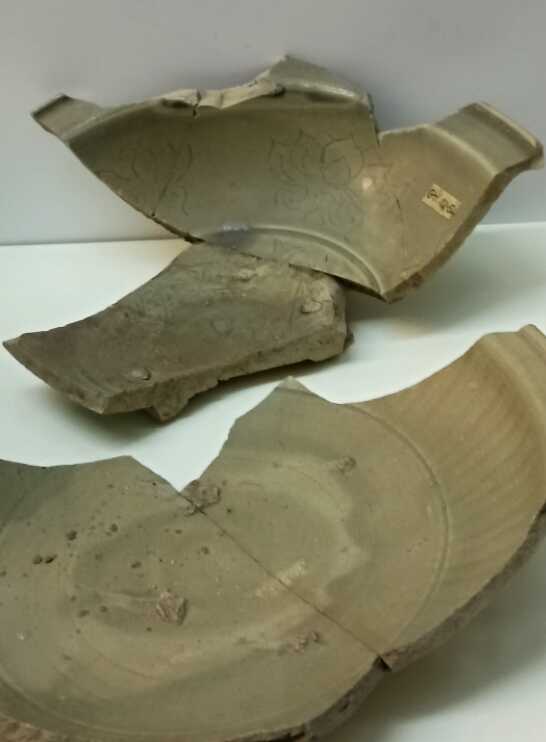
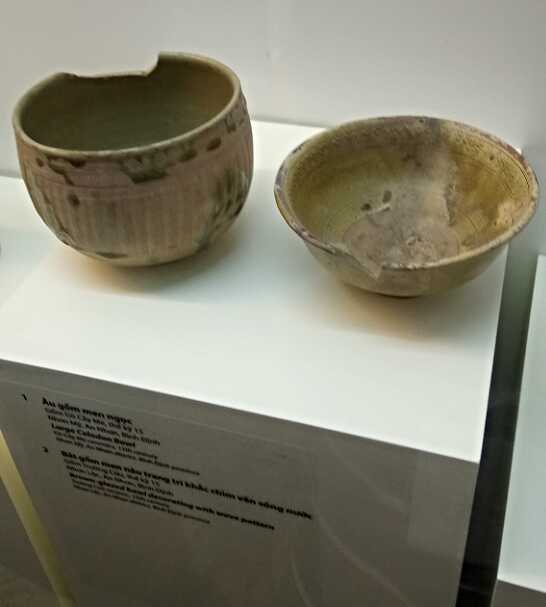
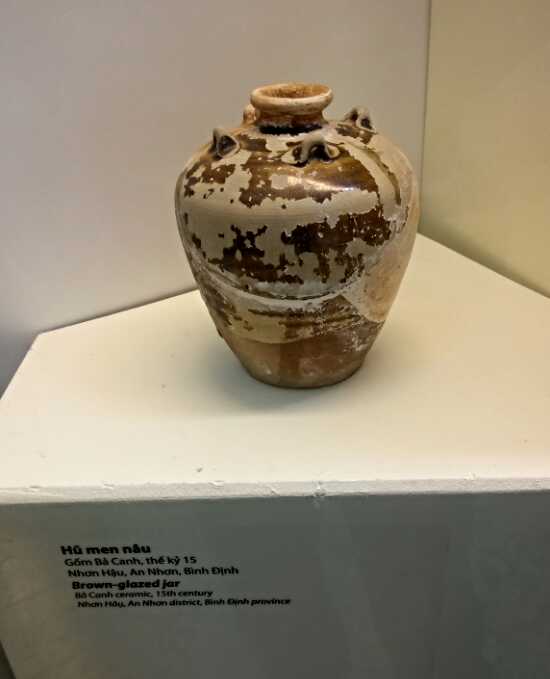
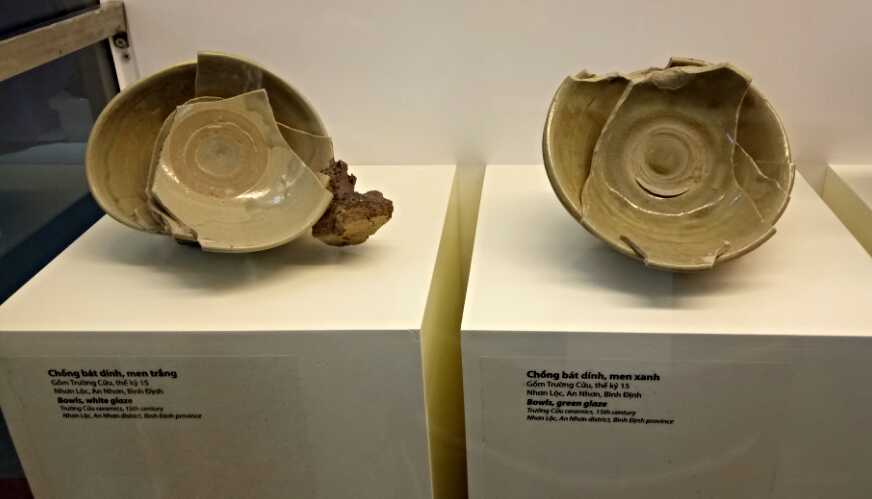
Binh Dinh ceramics in Binh Dinh Museum
Vietnamese Lime-pots
Lime pots are vessels used for storage of lime paste which together with areca nut and betel leaf are the necessary ingredients to make a quid. A spatula is used to take the lime paste which is spread on a betel leaf. The areca nut is then placed on the betel leaf. The betel leaf is then folded into a neat package ie a quid. Exchange of quid for chewing permeated all levels of the Vietnamese society. The exchange of quid was the customary way to greet a friend, neighbour, a business partner or an official.
The earliest lime pot is of simple form, ie a round shaped pot with a hole. Usually it has a handle shaped like a branch. There are also those made in animal form such as an elephant with a hole on its back. They are covered with brown or greenish glaze. They are usually dated to pre-16th century. From the 16th century, the handle became bigger and elaborately decorated with embossed motifs. The most common type has green glaze covering the handle and part of the pot. There are also those covered with blue or pomegranate red glaze.
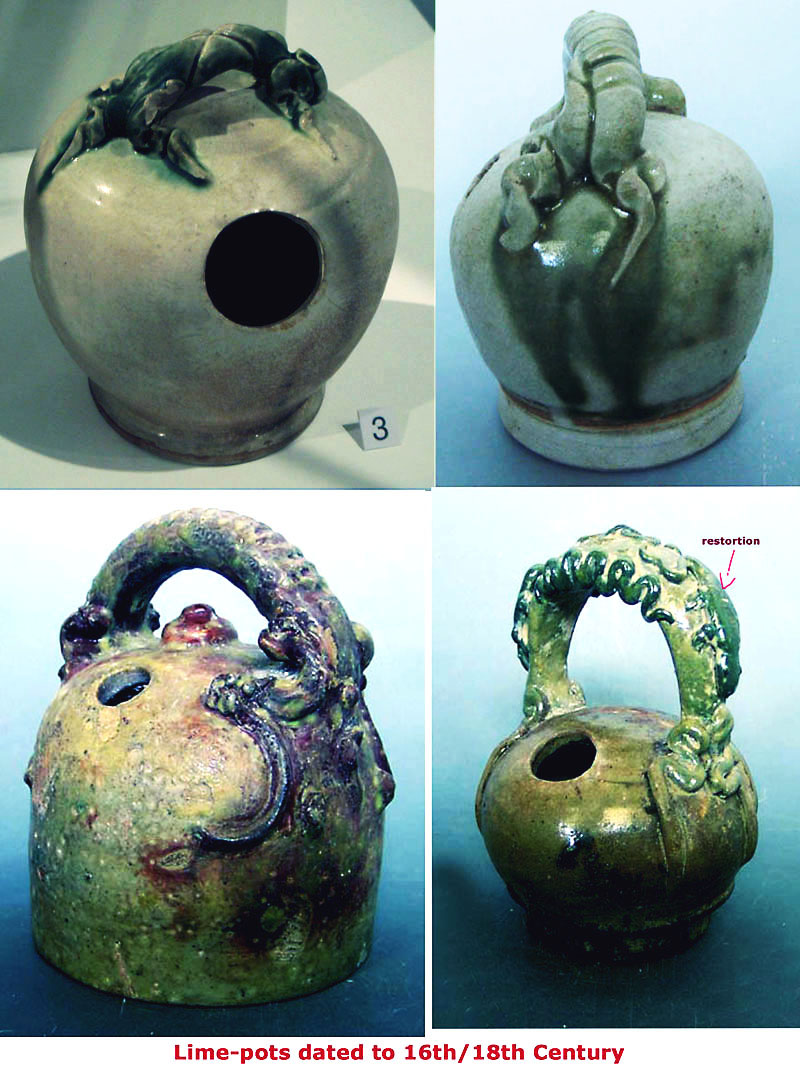
19th/20th Vietnamese Shiwan-type Vessels
Many Chinese from Fujian and Guangdong settled down in Vietnam during the Ming/Qing period. One distinct physical evidence of their presence are the Chinese style temples. The roof of the temples are decorated with colour glazed ceramics depicting human subjects, animals, birds, flowers and etc. They are similar to those that were produced by the Guangdong Shiwan potters. In fact, those dated to the 18th/19th Century were indeed produced by Shiwan potters shipped to Vietnam. Some of the potters settled down in Vietnam and continued to produce the Shiwan type wares. Their descendents inherited the technology and ensured the continuity of this art form. Song Be about 100 km from Ho Chiminh was an important centre where such ceramics were produced. These Shiwan type wares are actually a continuity of the Tang 3 colour lead glaze wares. The Vietnamese version could be distinguished by the more porous paste. Stylistically the decorations also show some differences.
|
|
|
|
|
|
|
|
|
|
|
|
| Examples of Siwan type coloured glaze vessels dated to late 19th/early 20th century | |
Comparison of the Vietnamese (upper photo) and Shiwan Sun God and Moon Goddess
Vietnamese blue and white and enamelled wares
Please continue from here.
Updated: Koh Nai King (12 Jun 2015), 7 Nov 2017